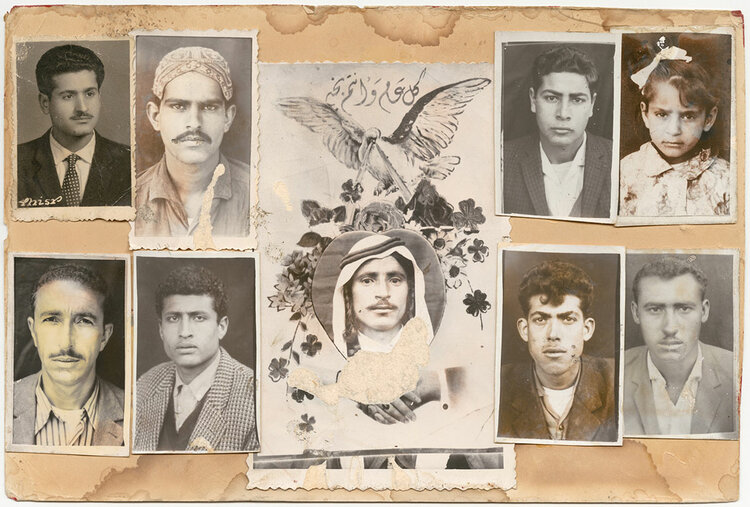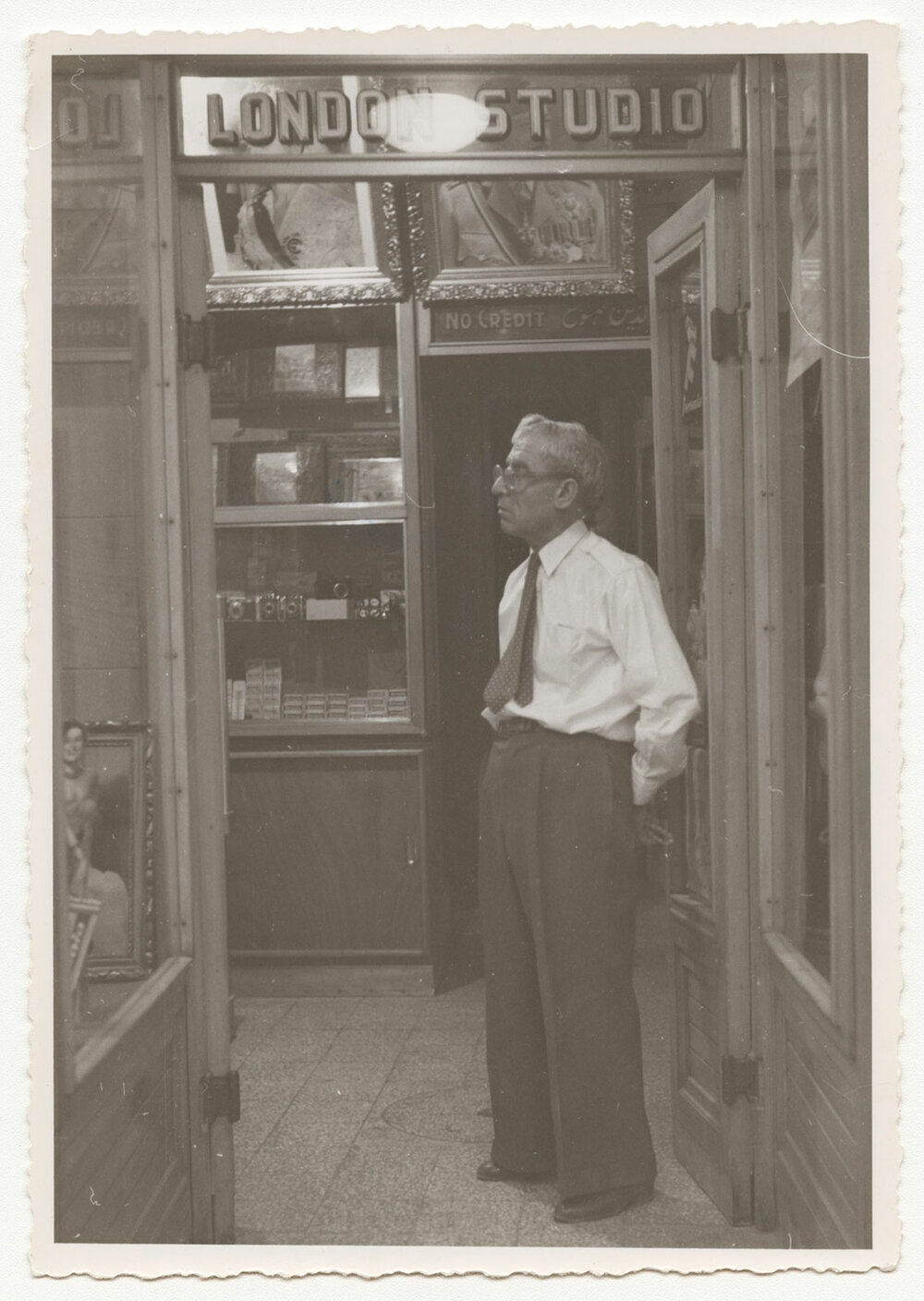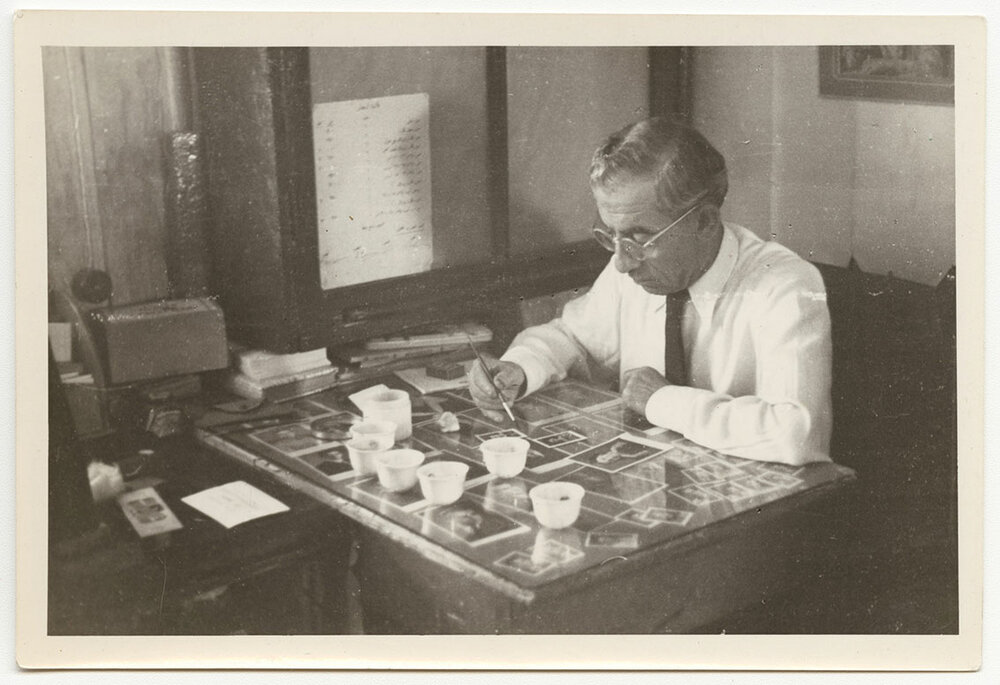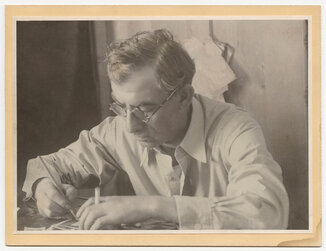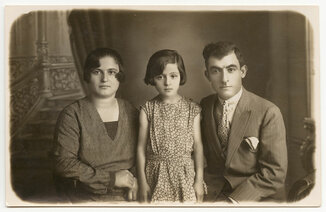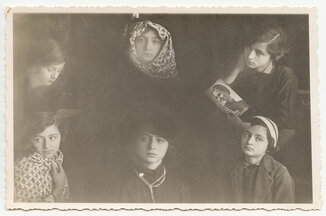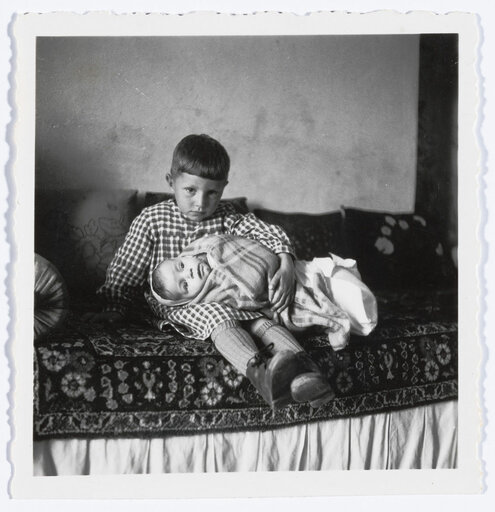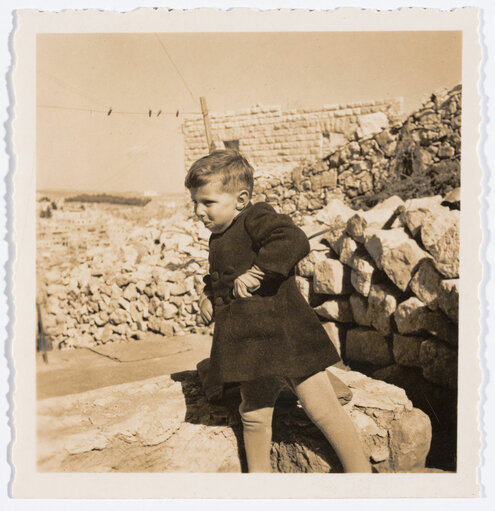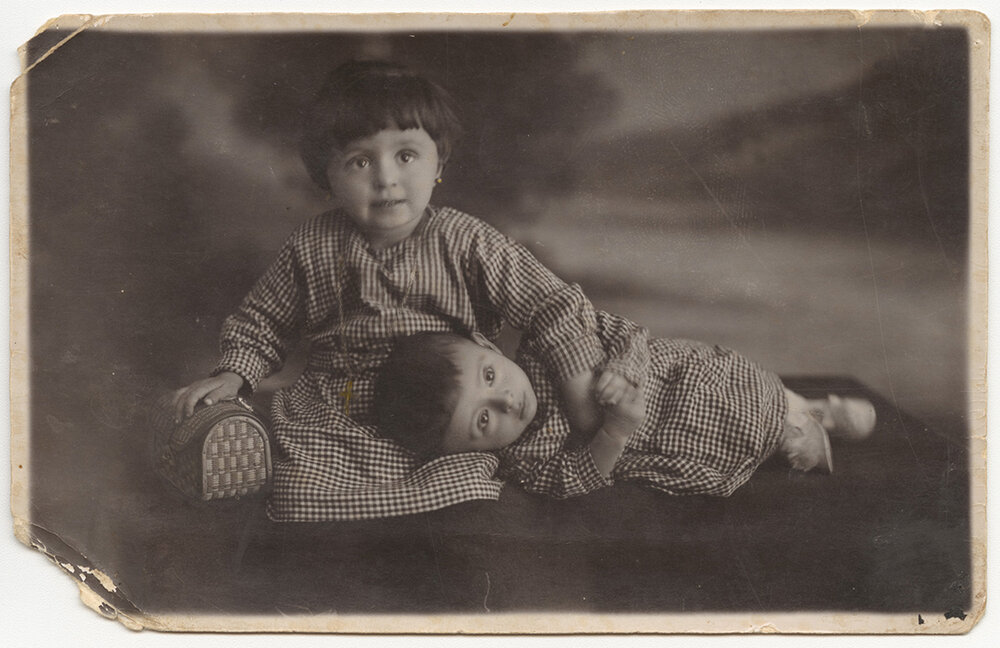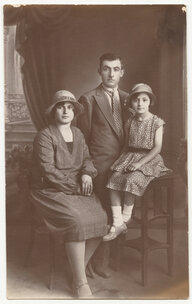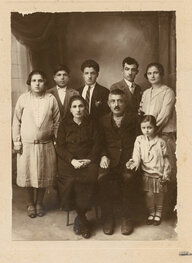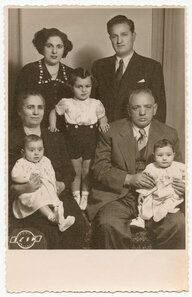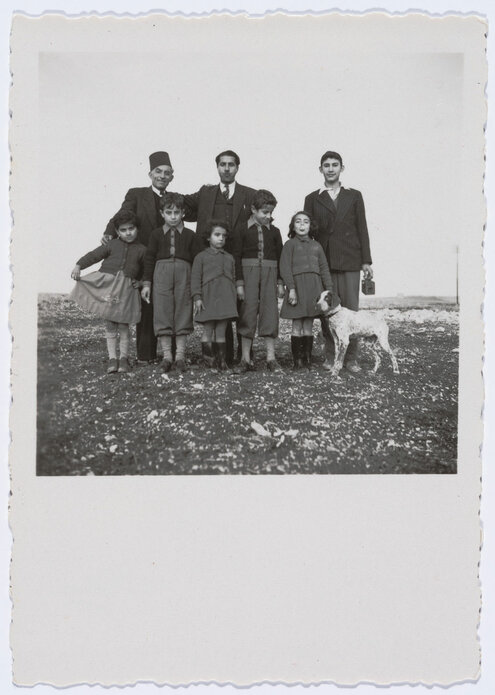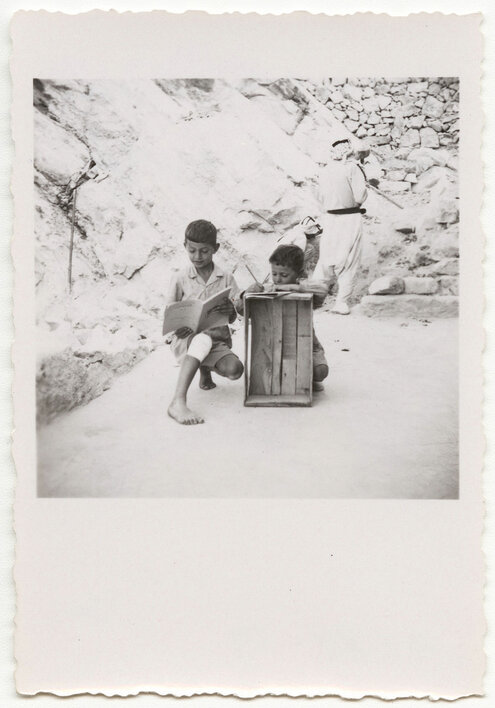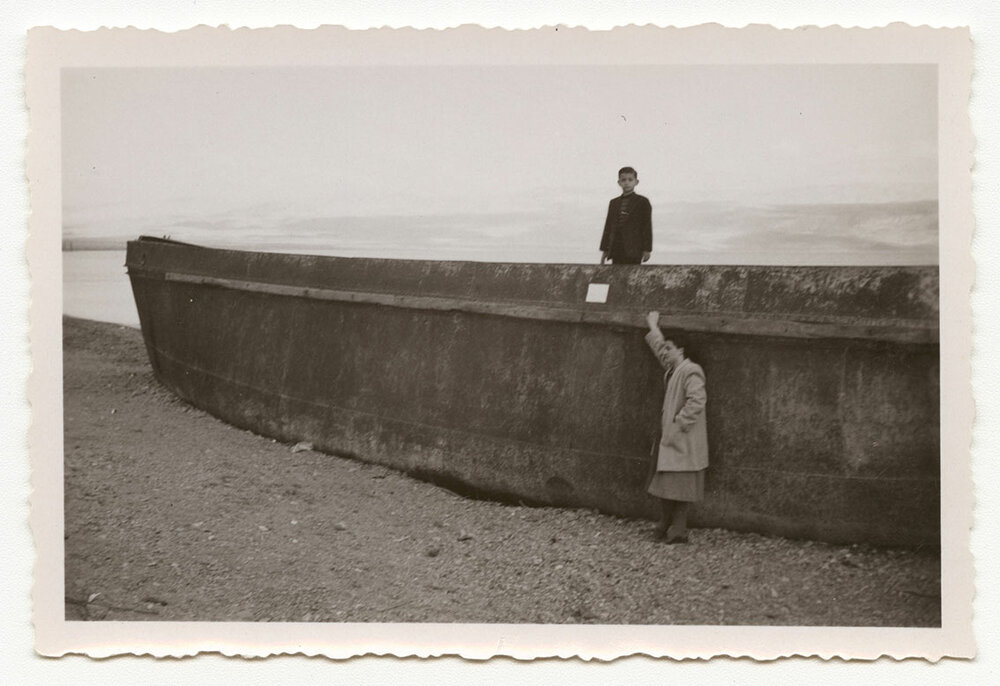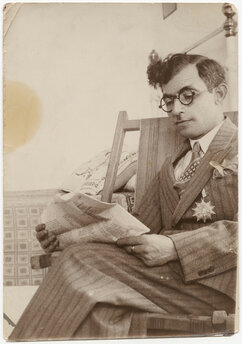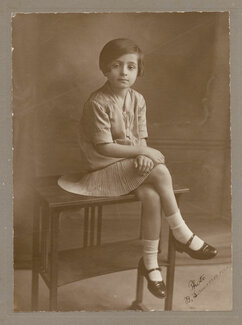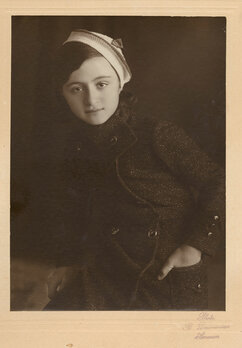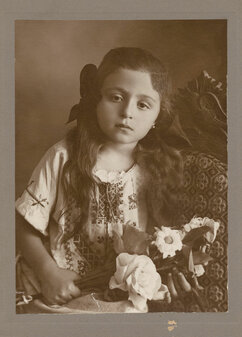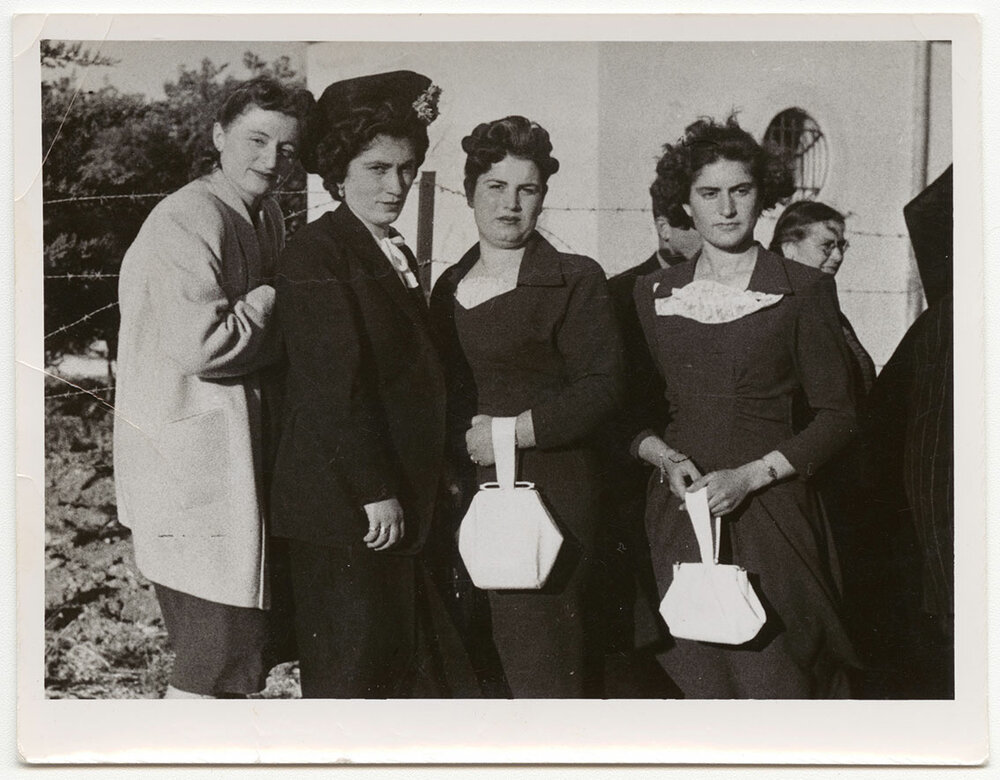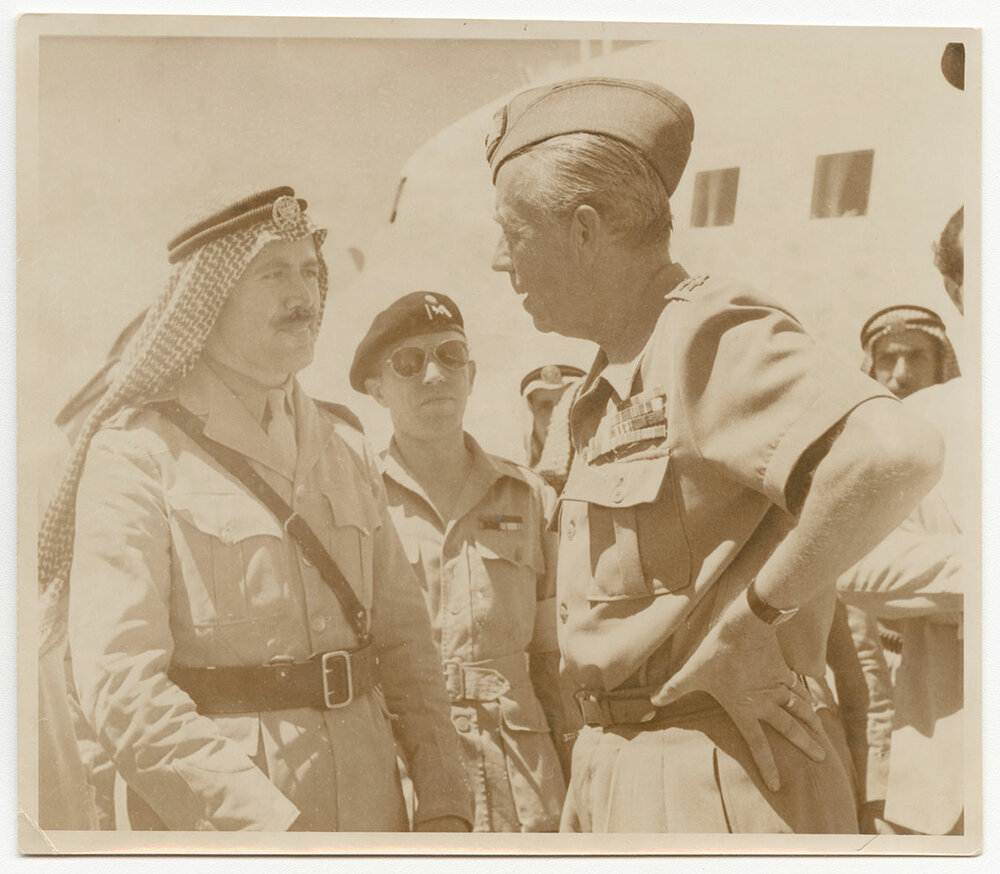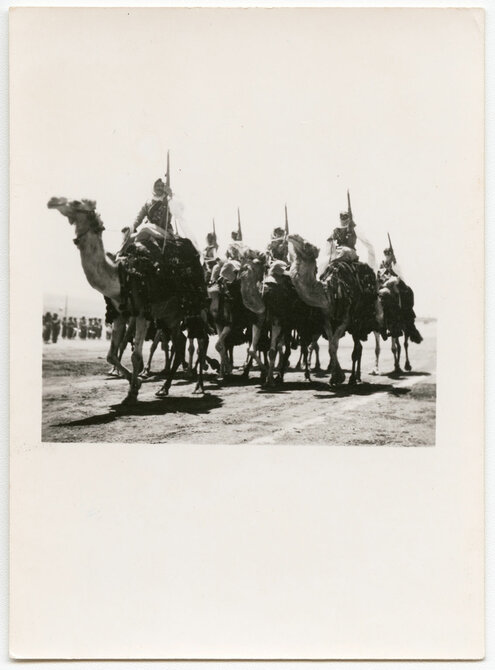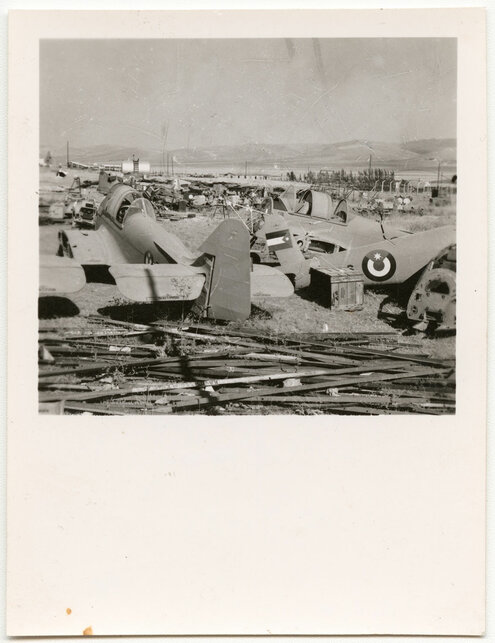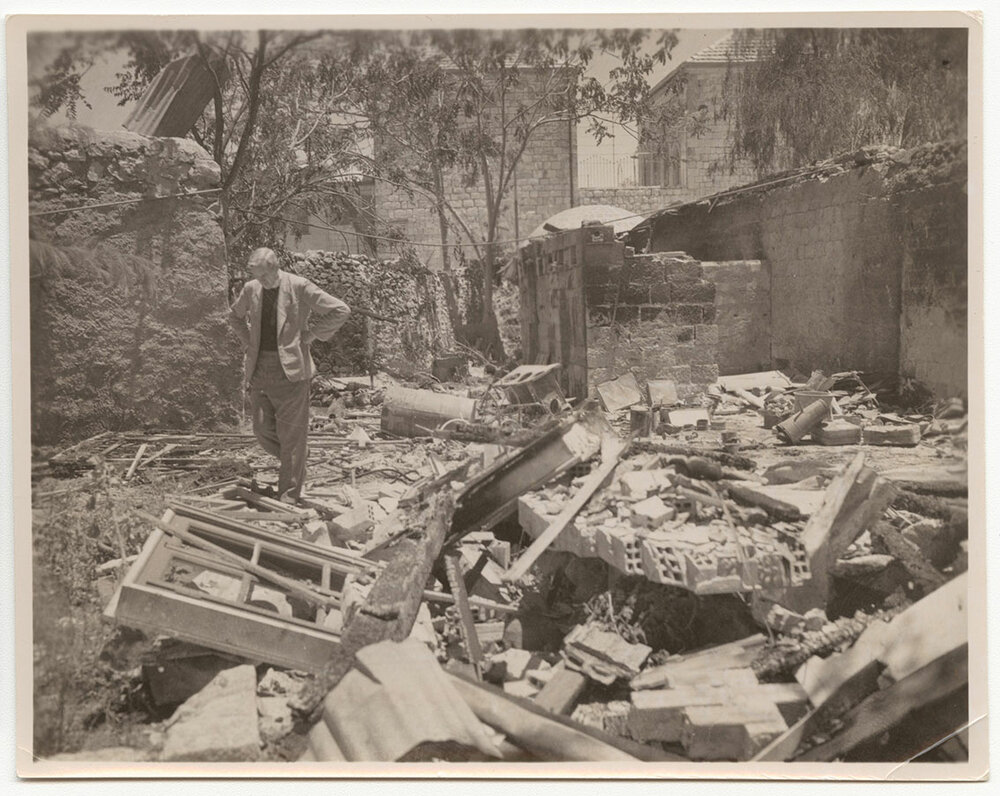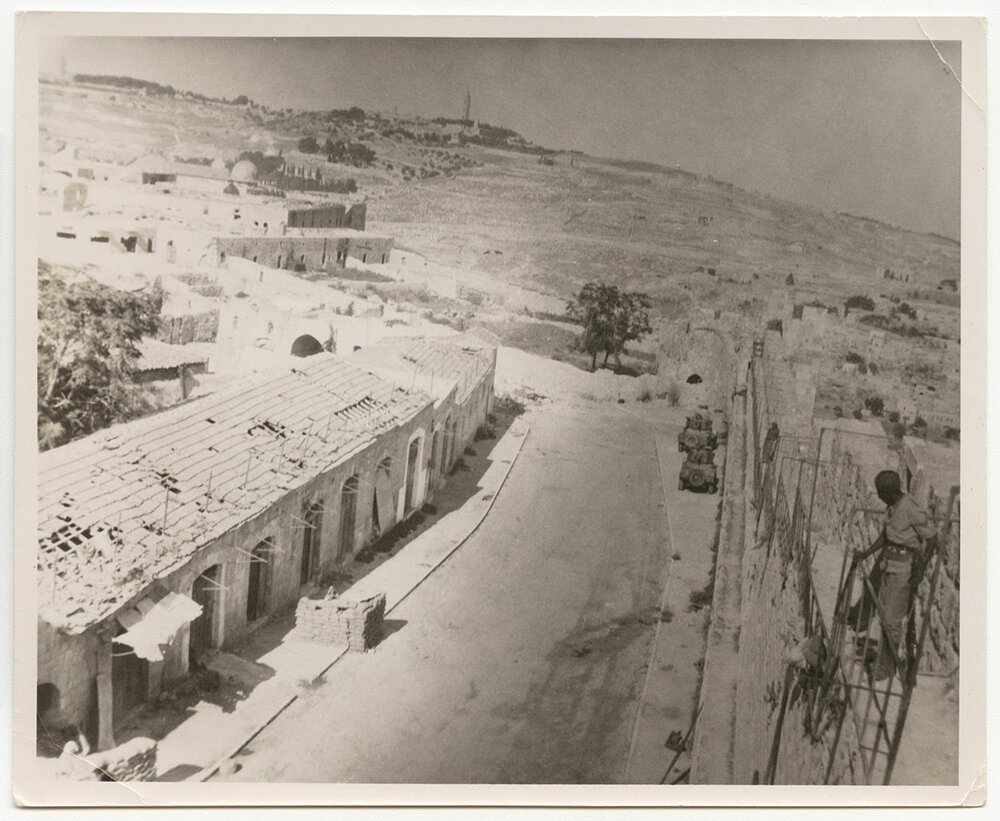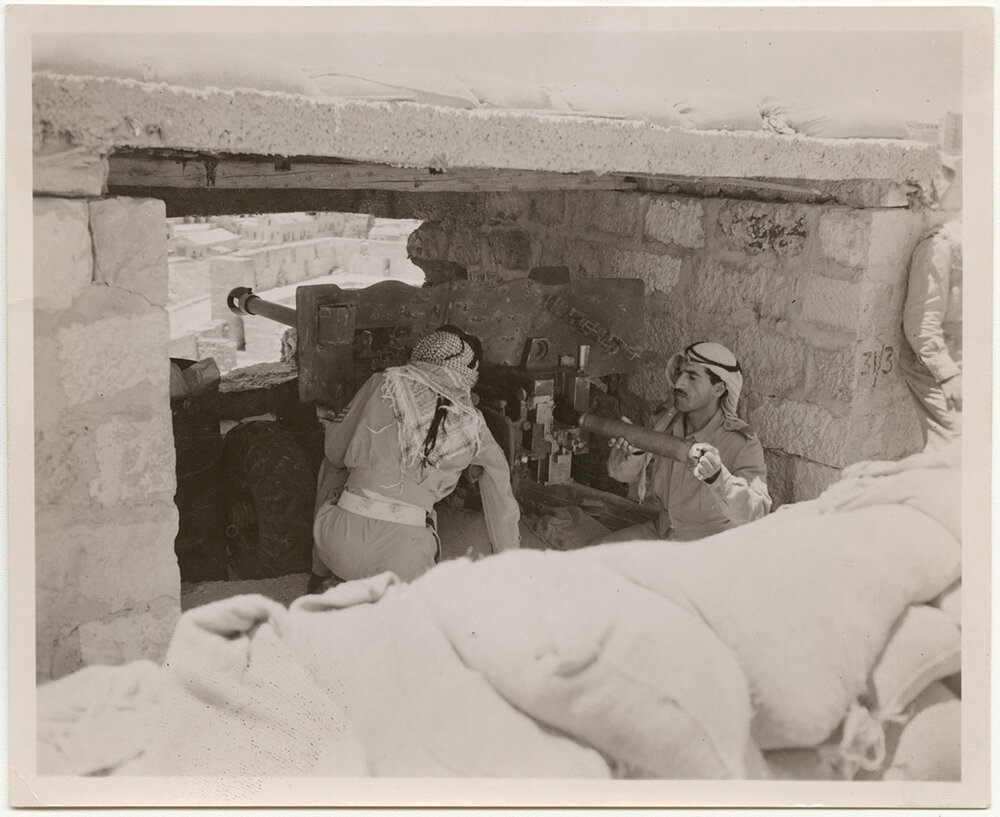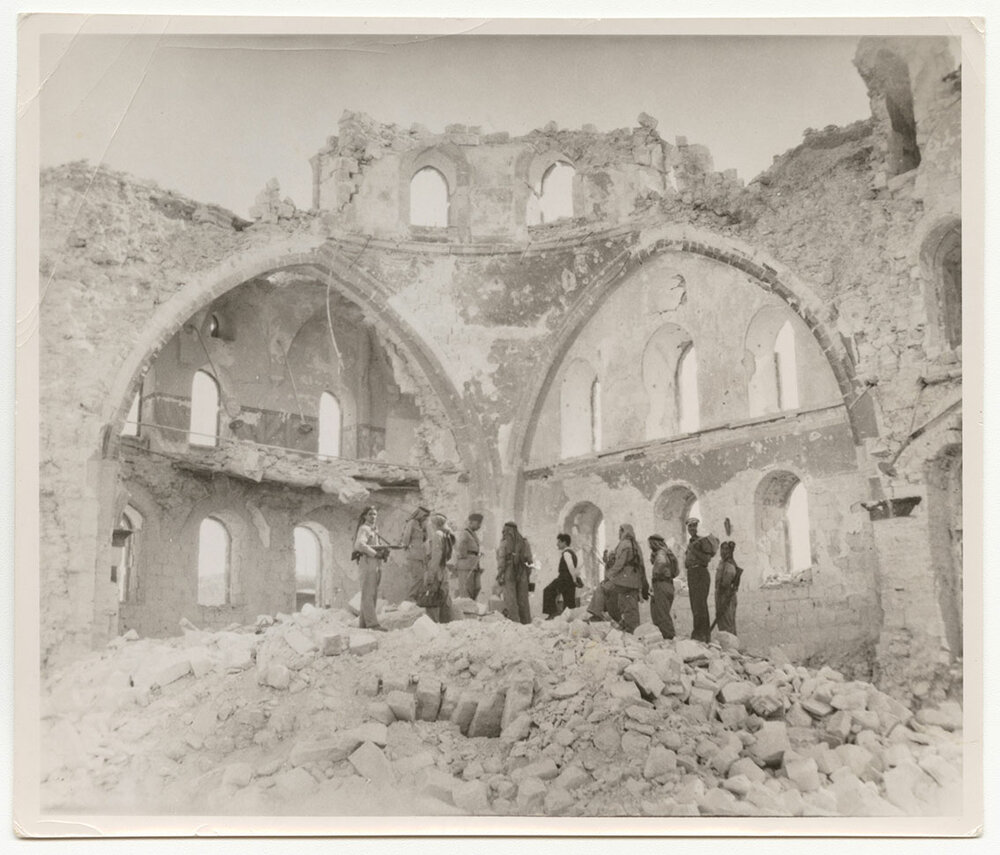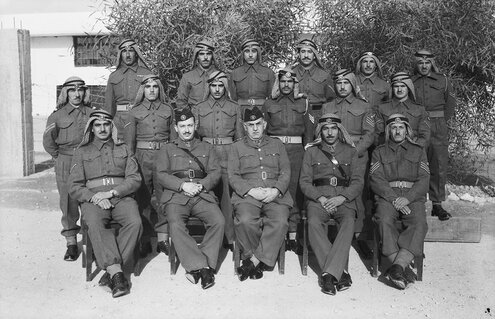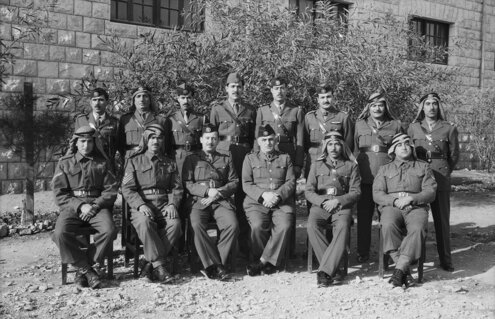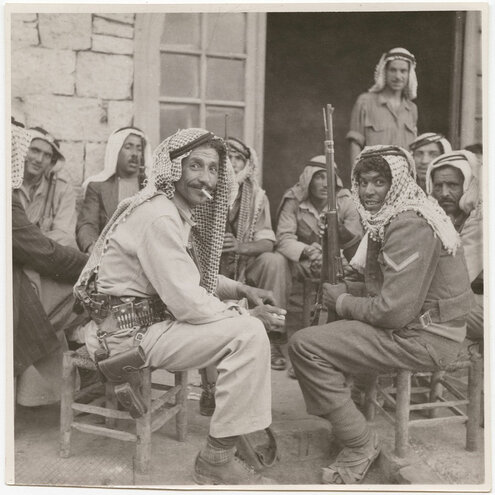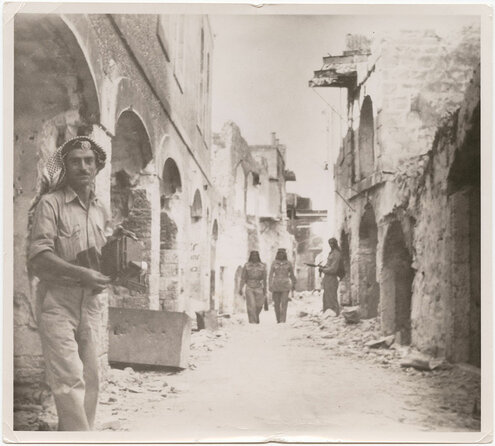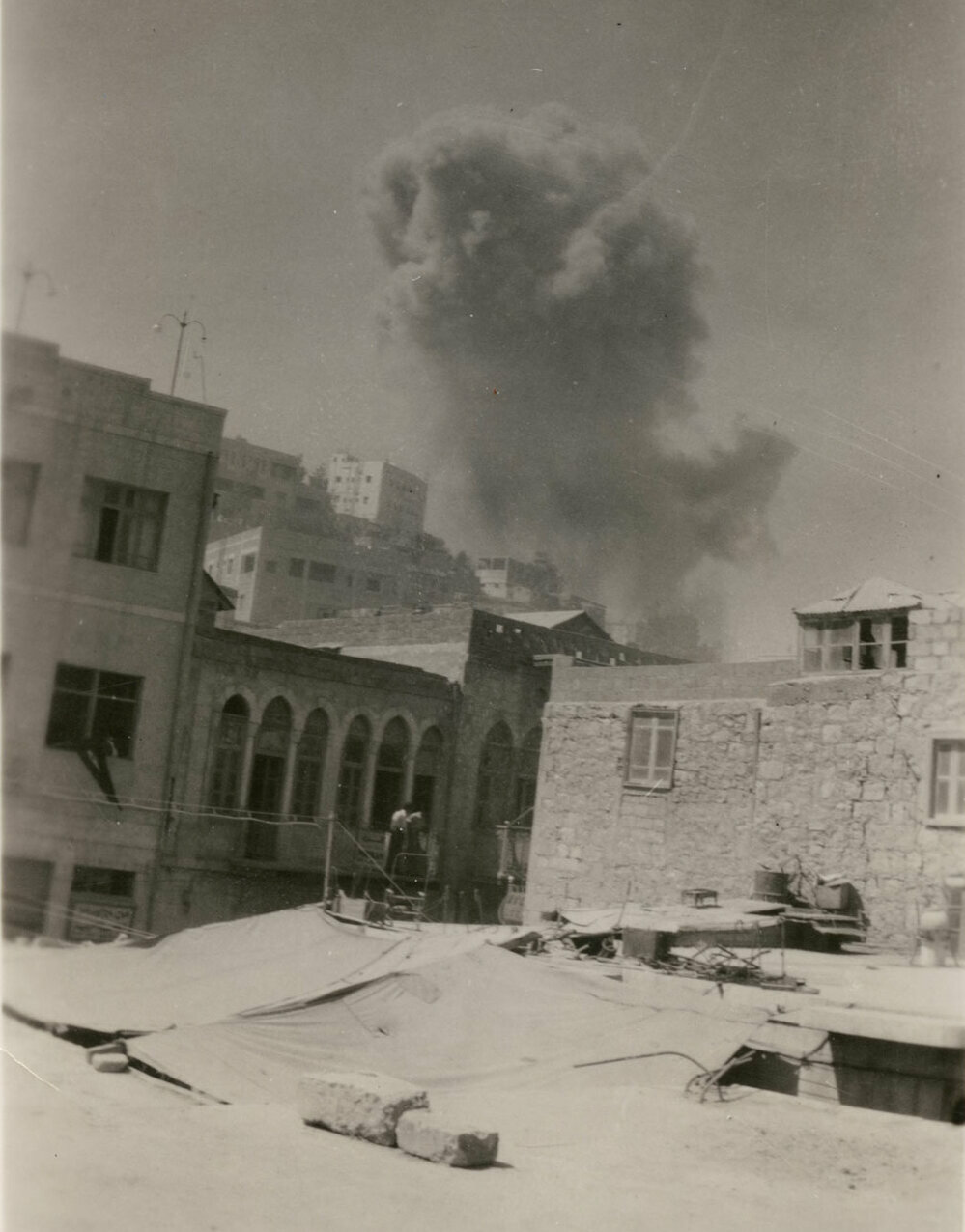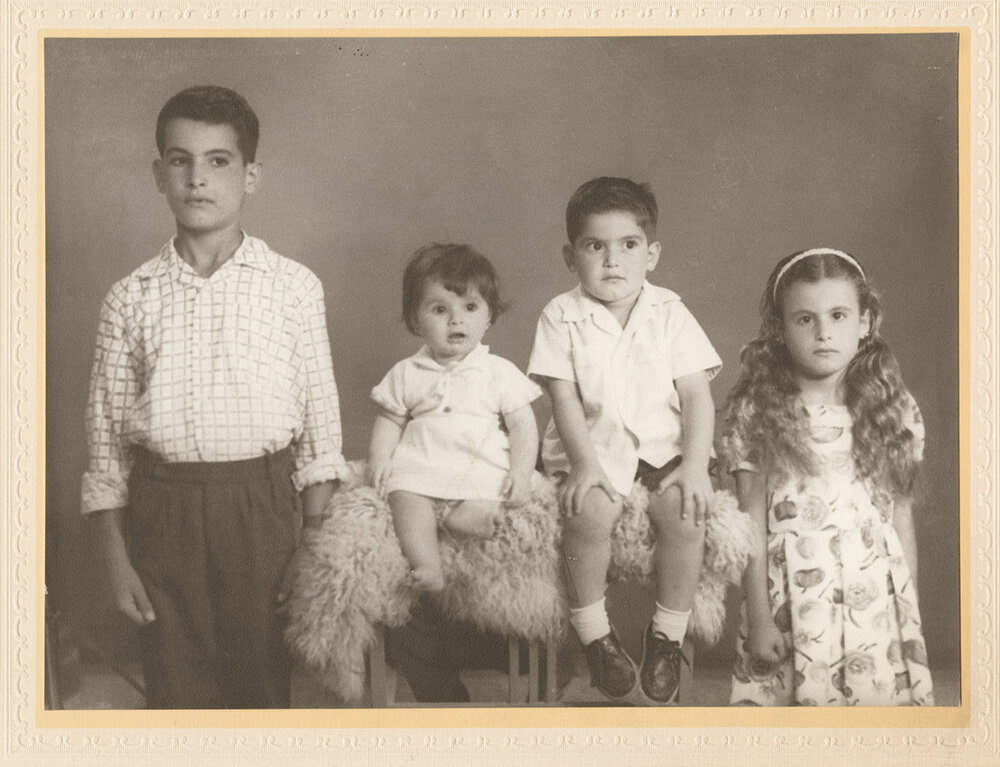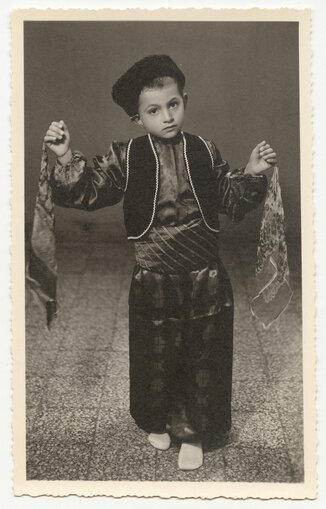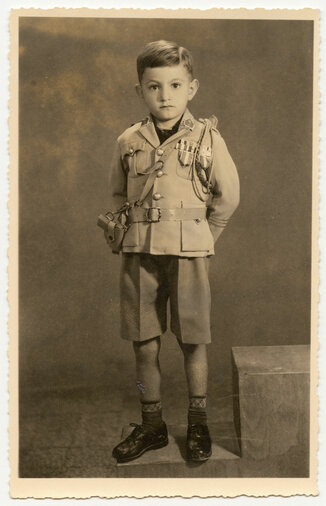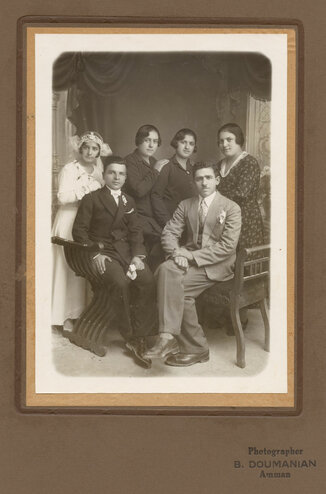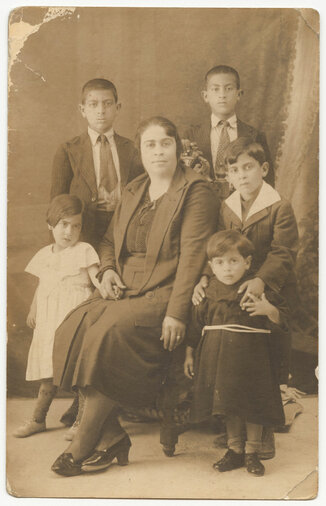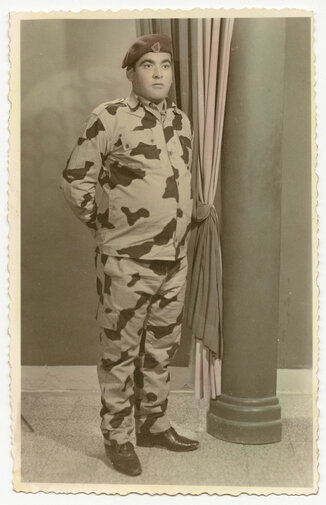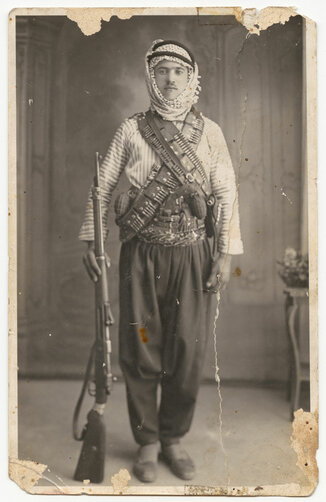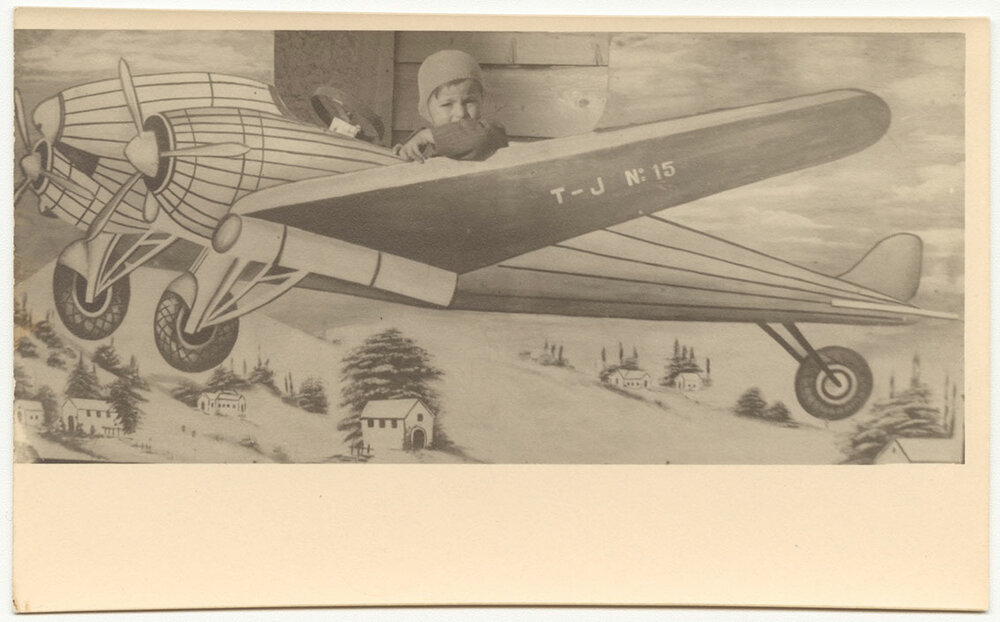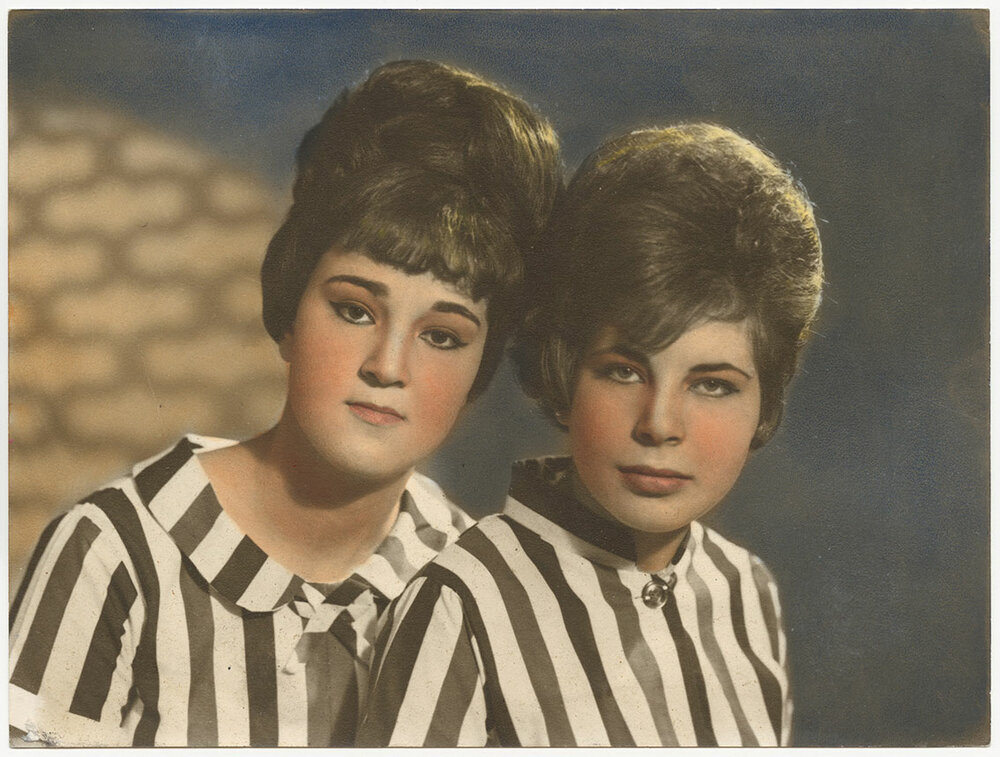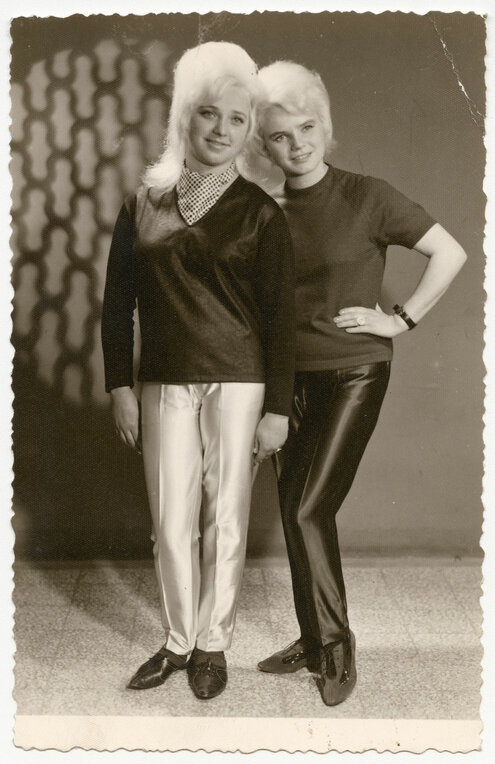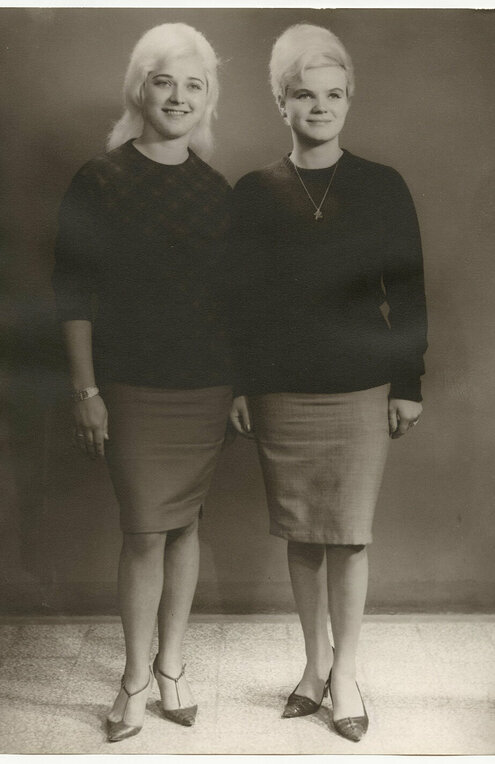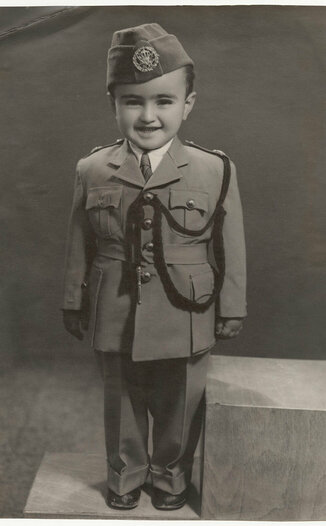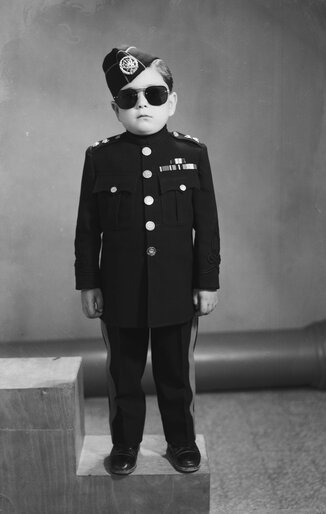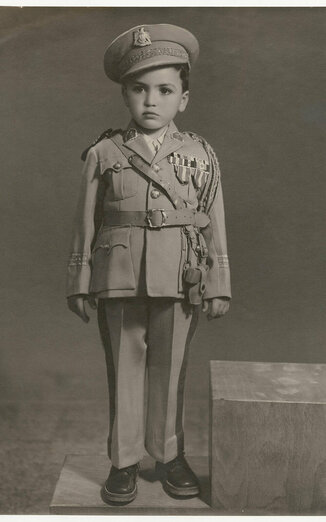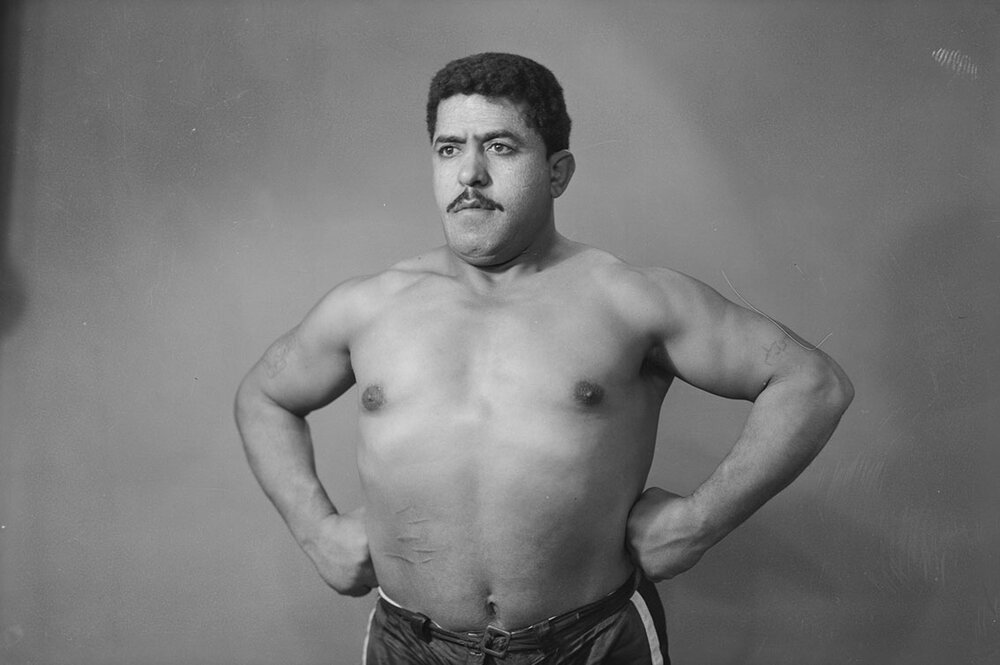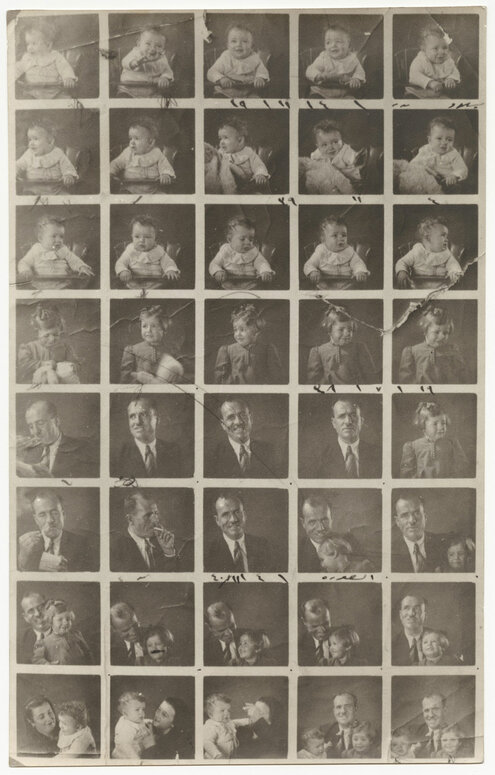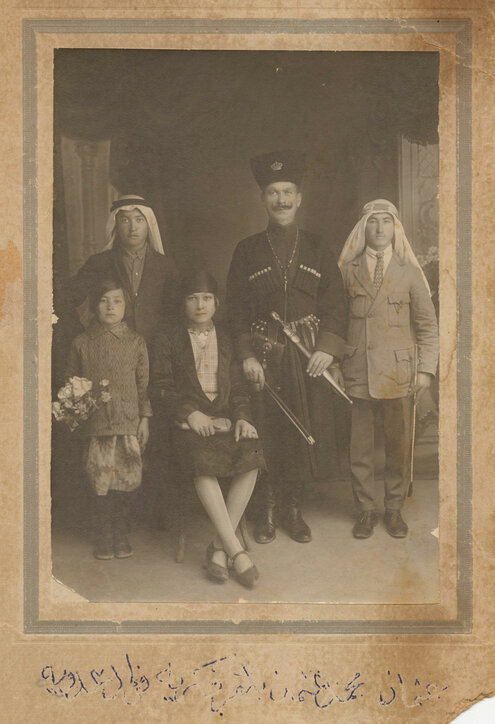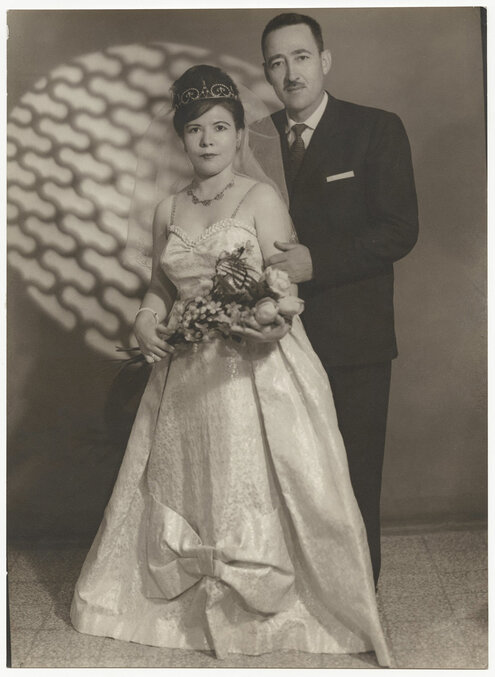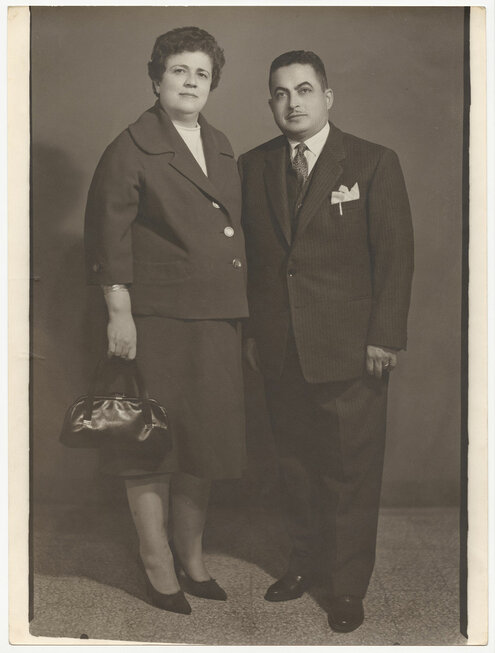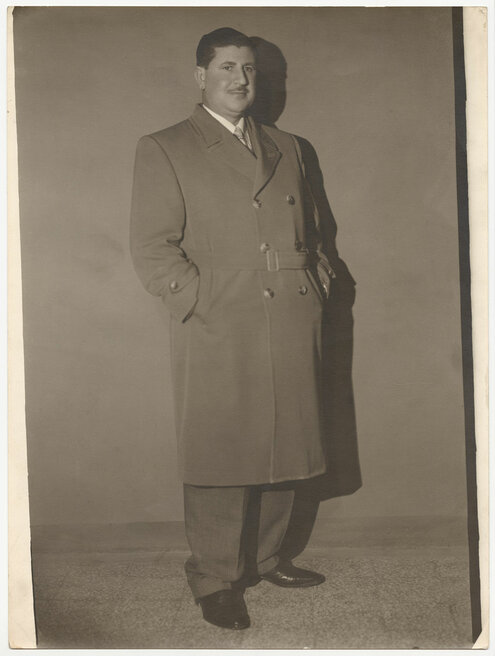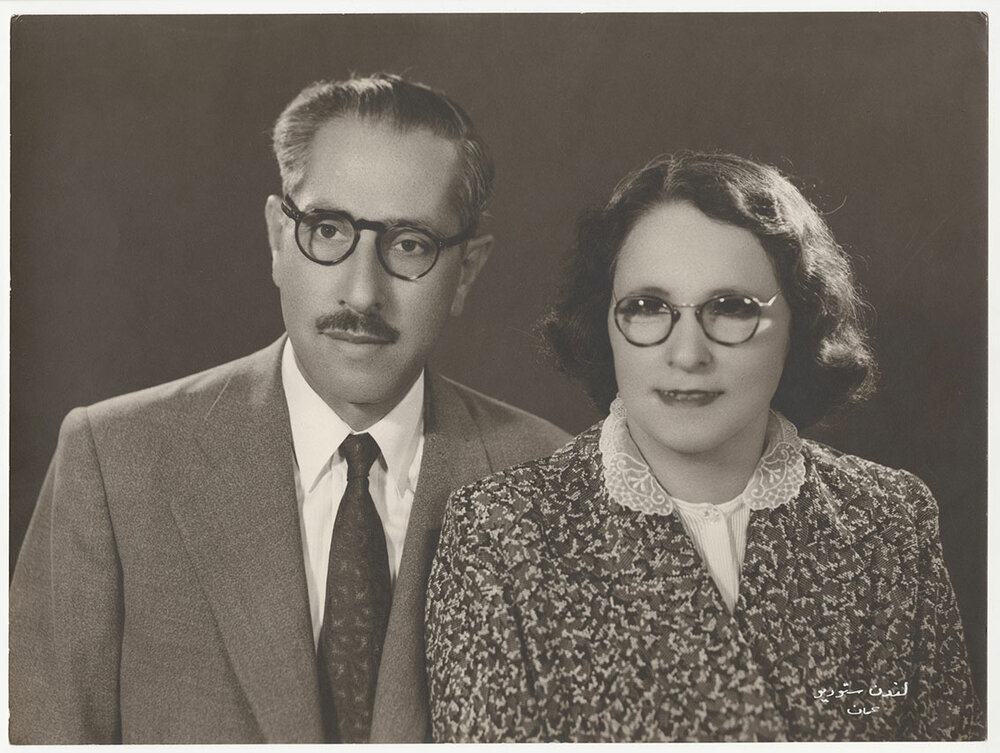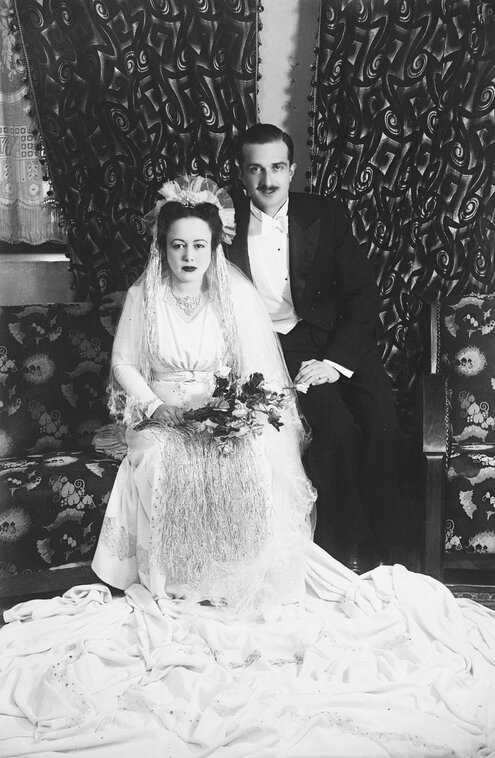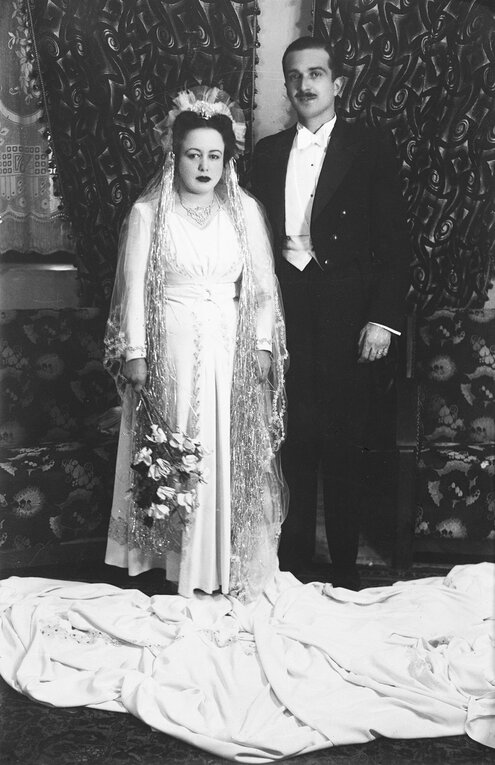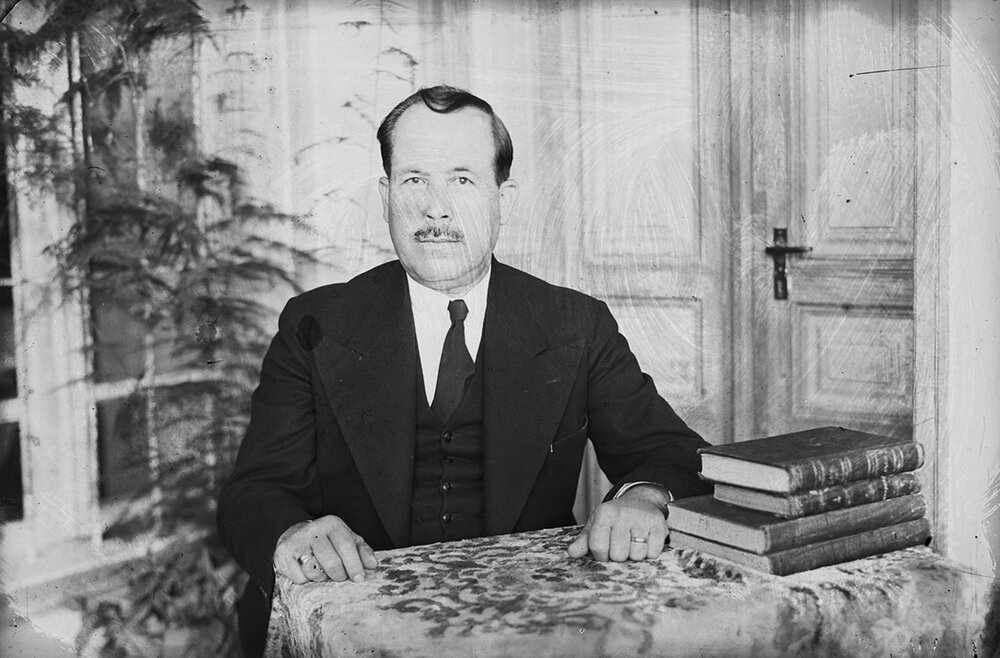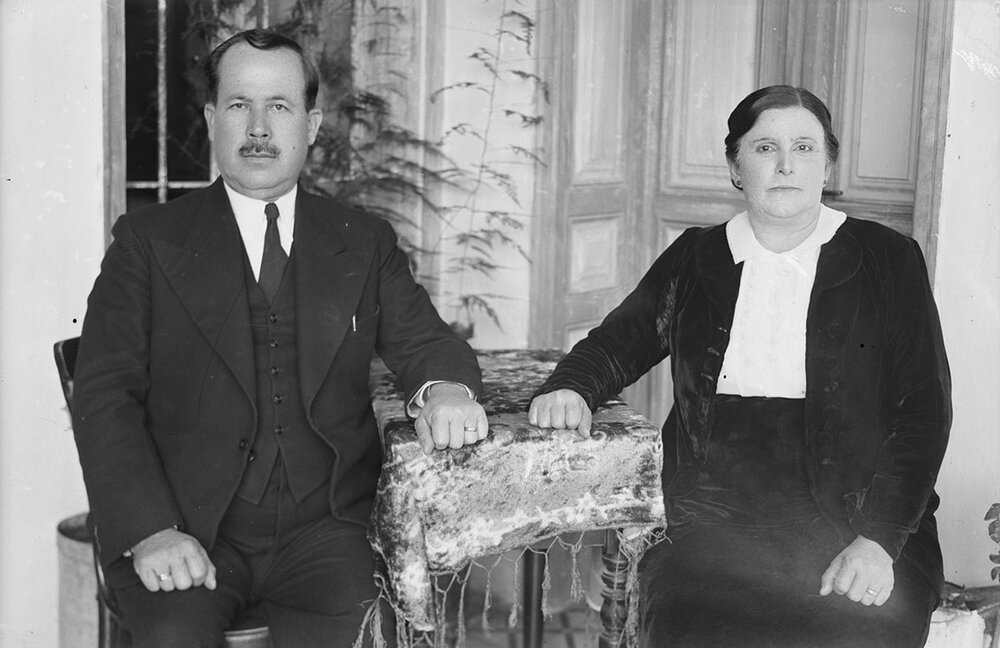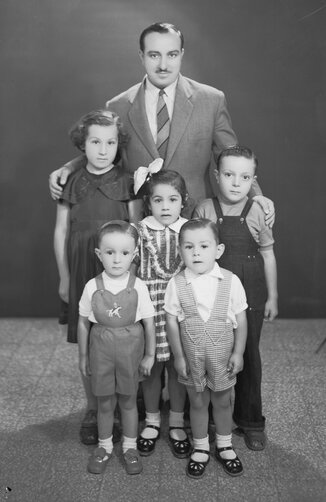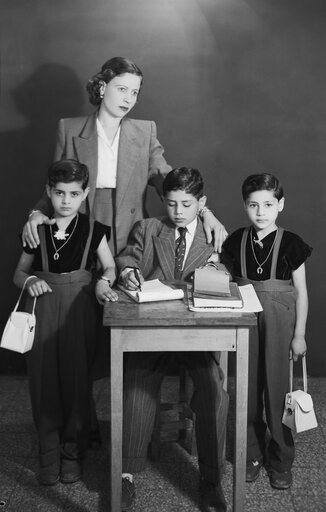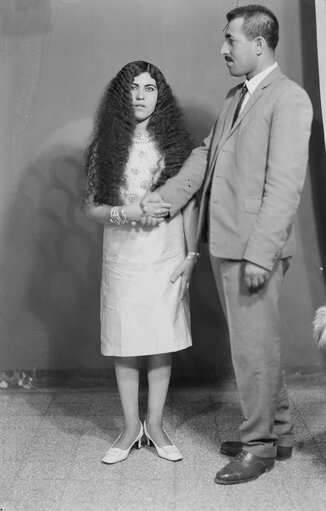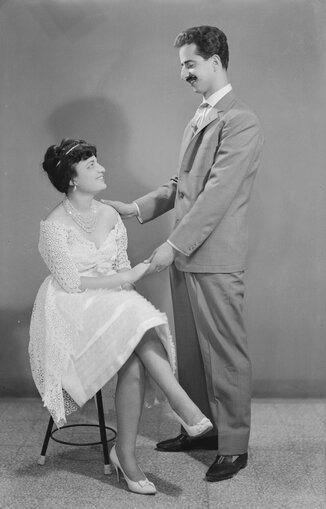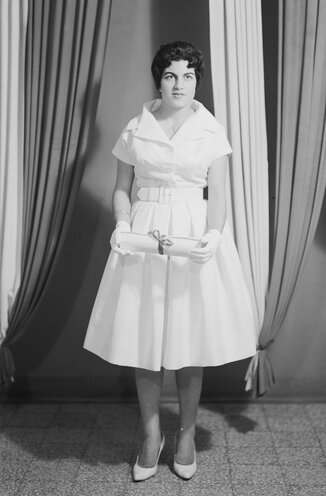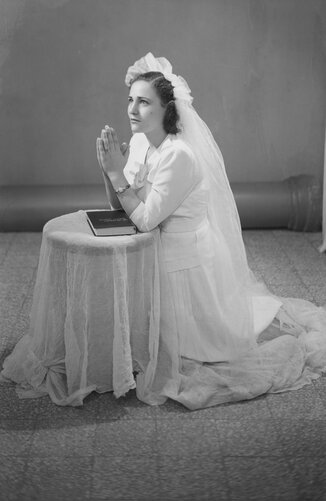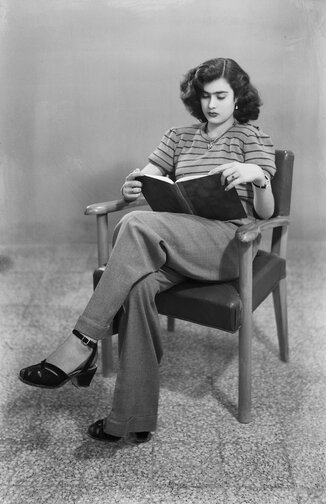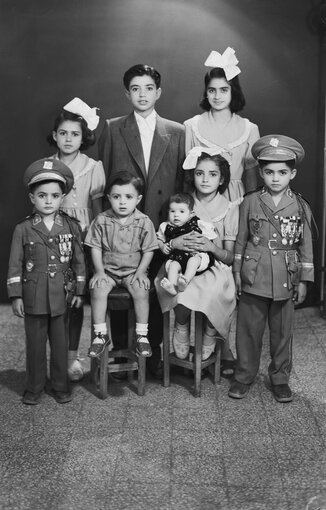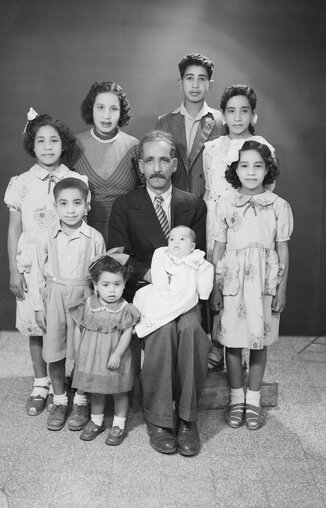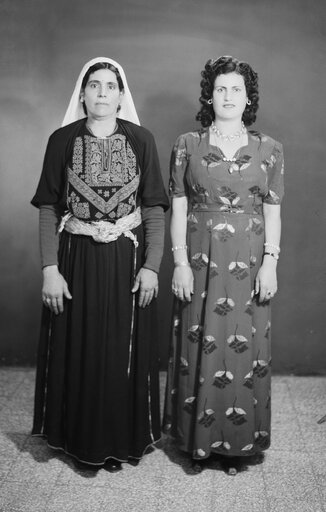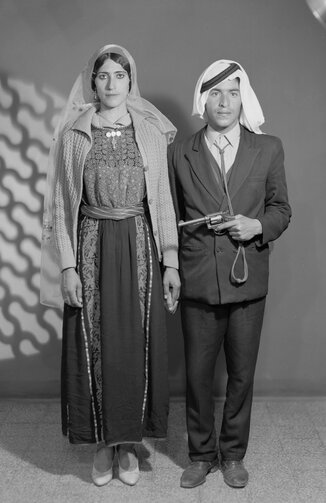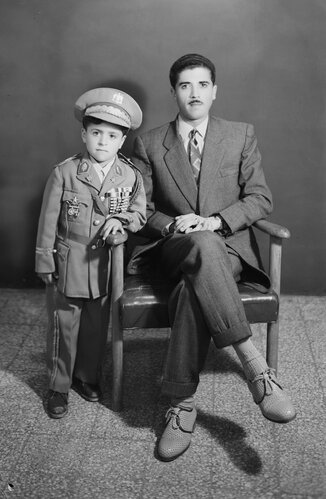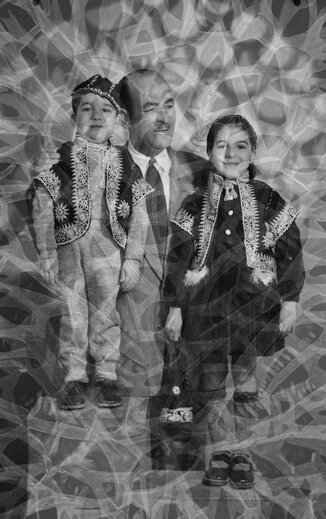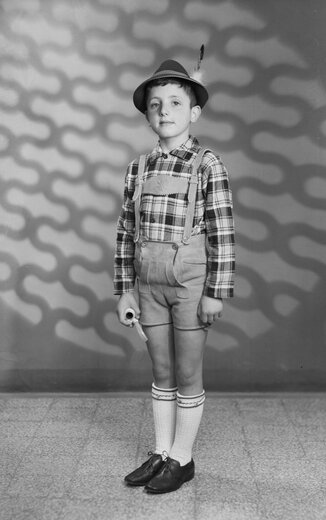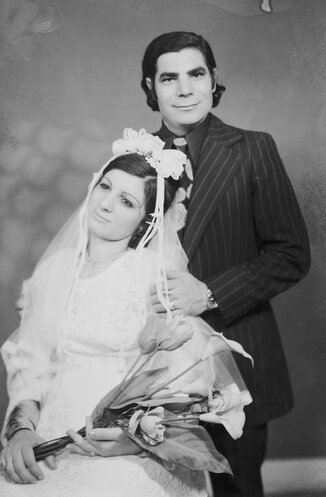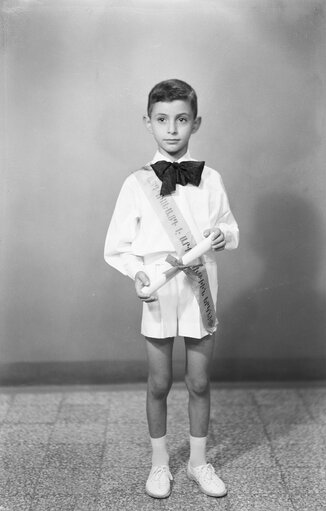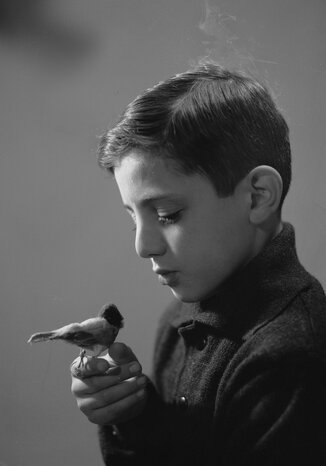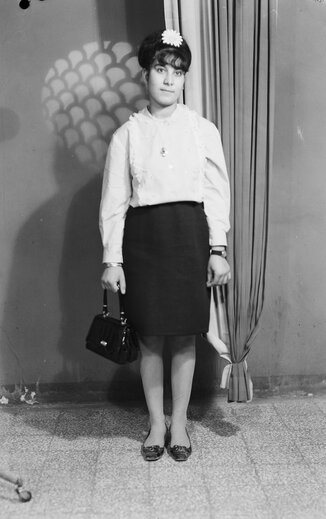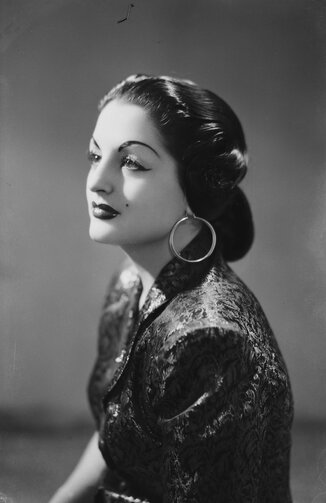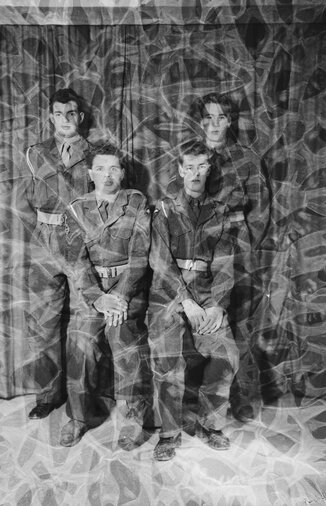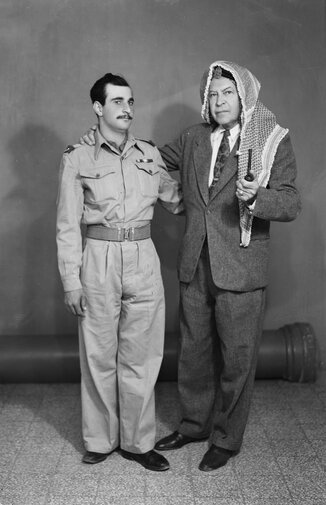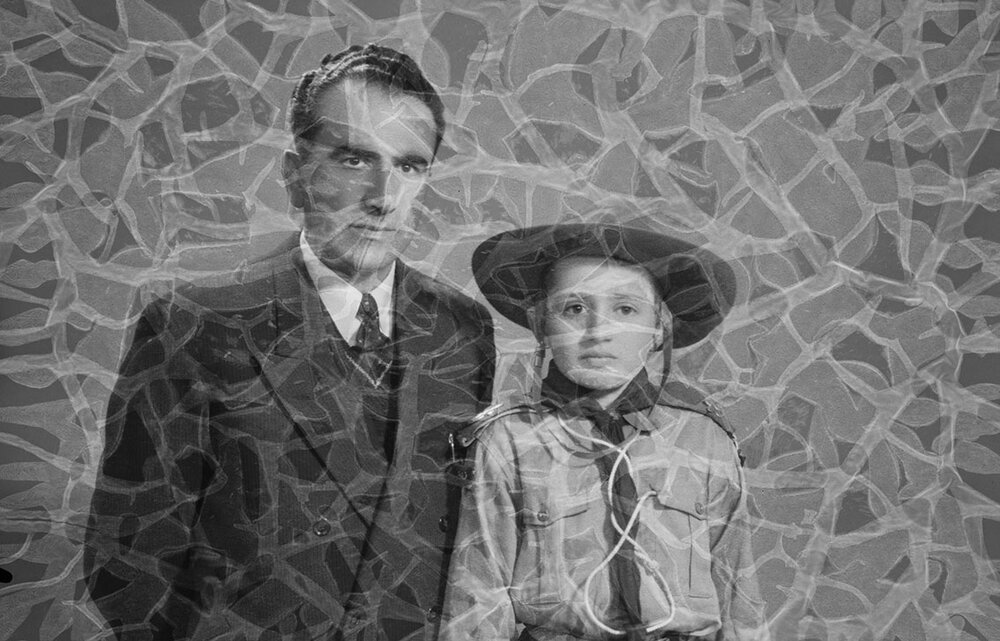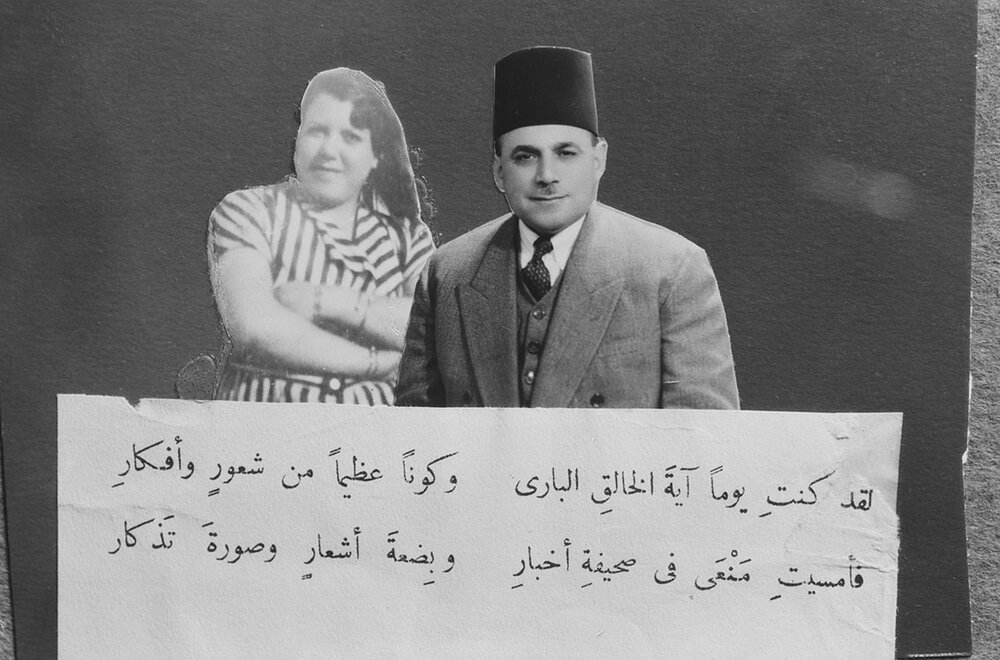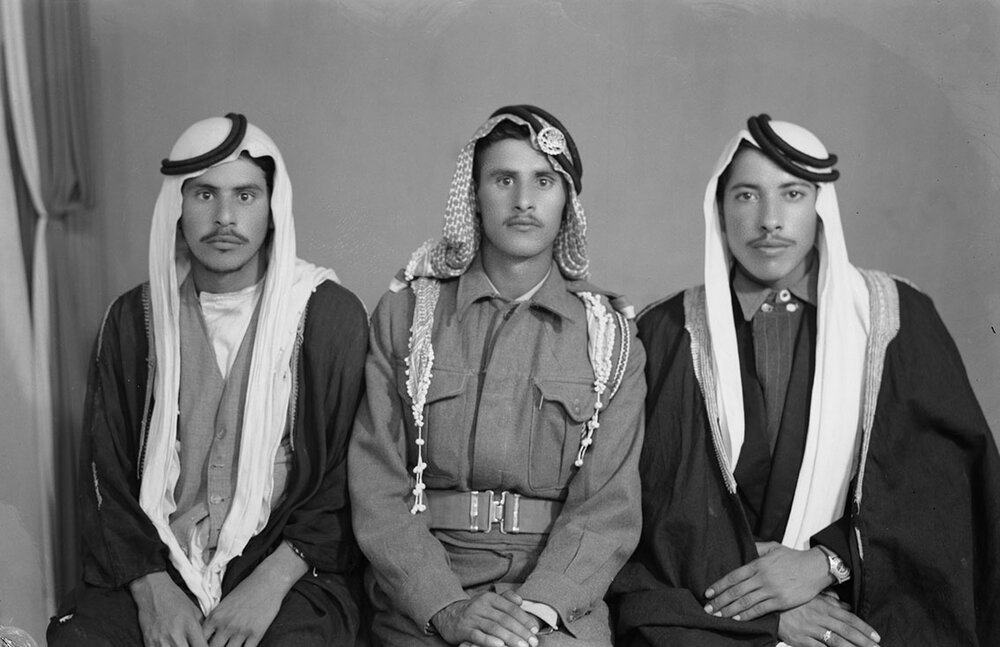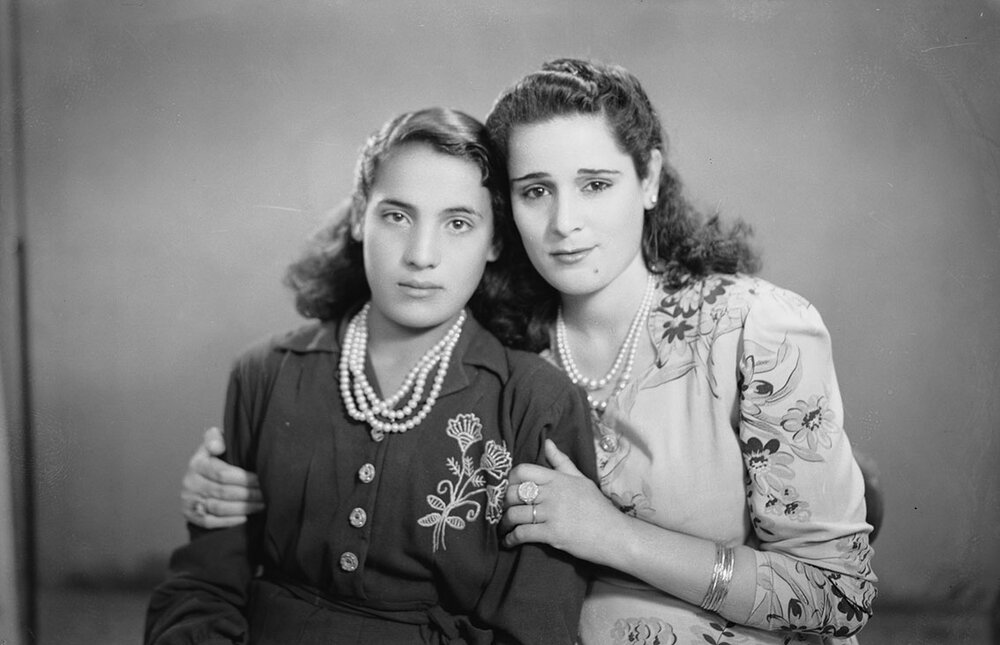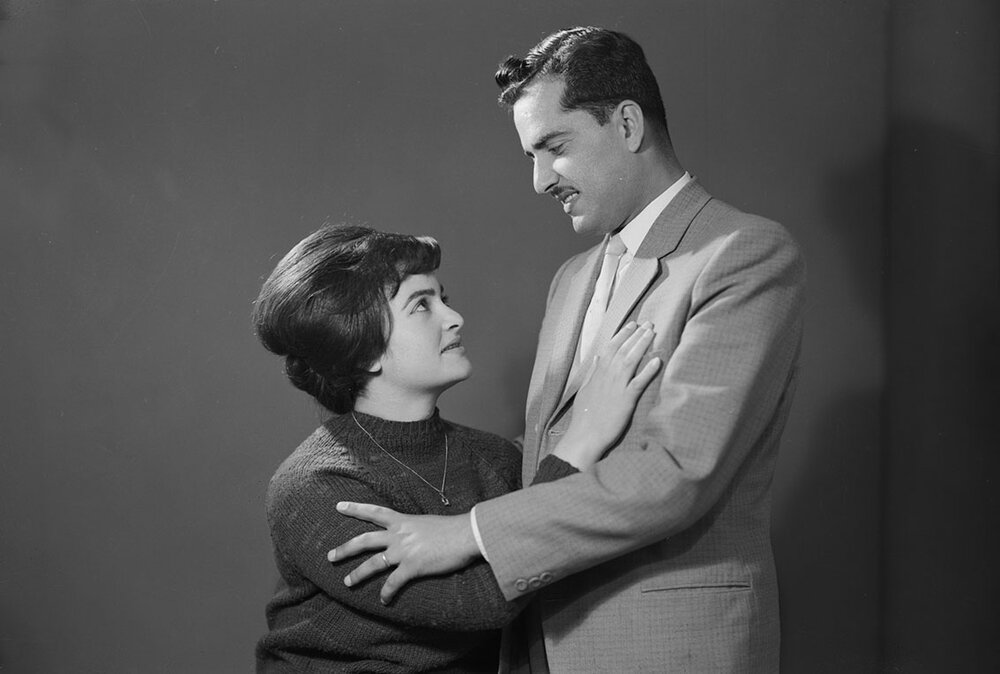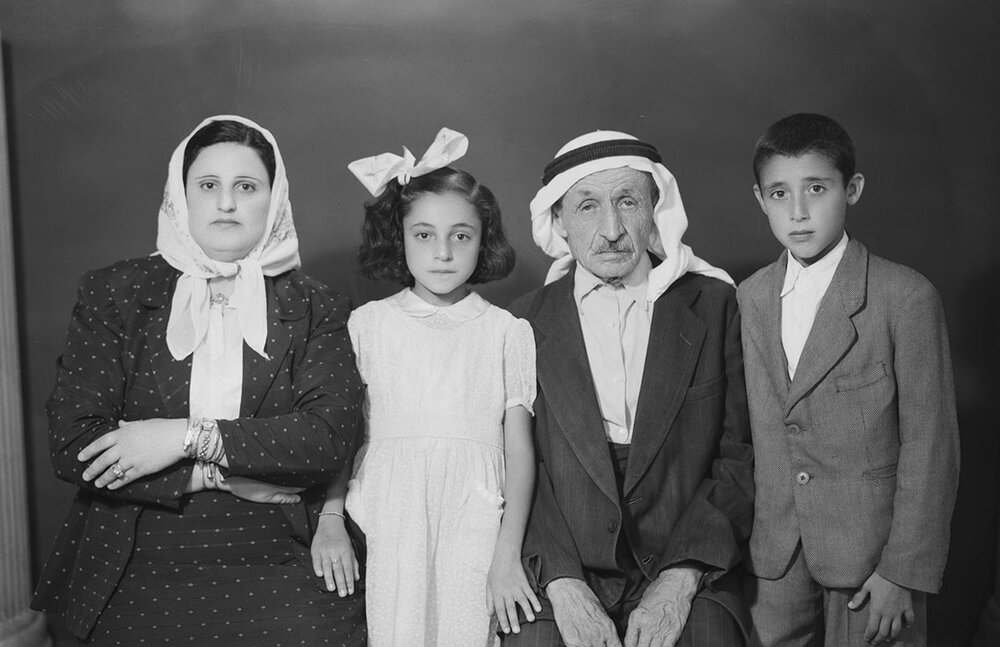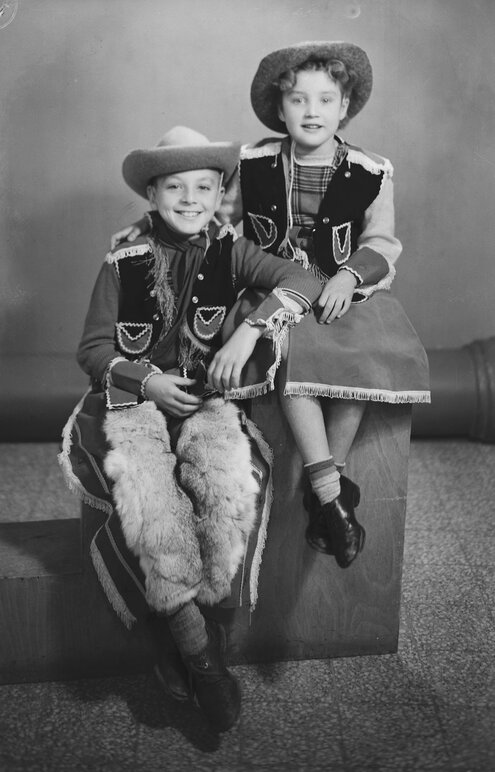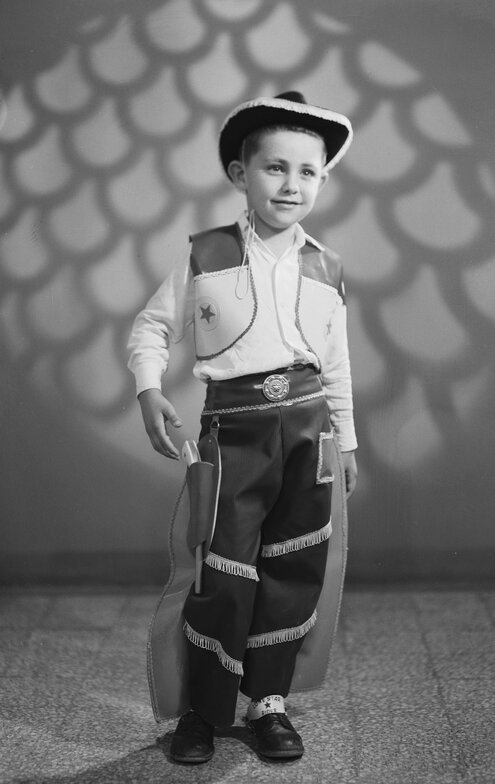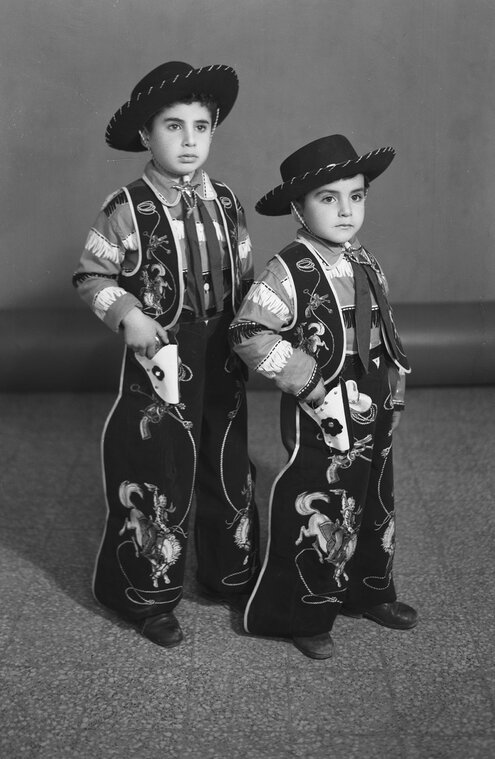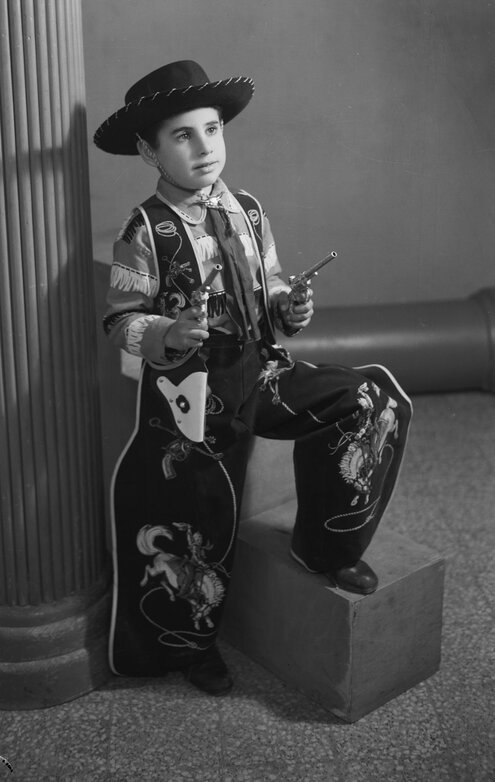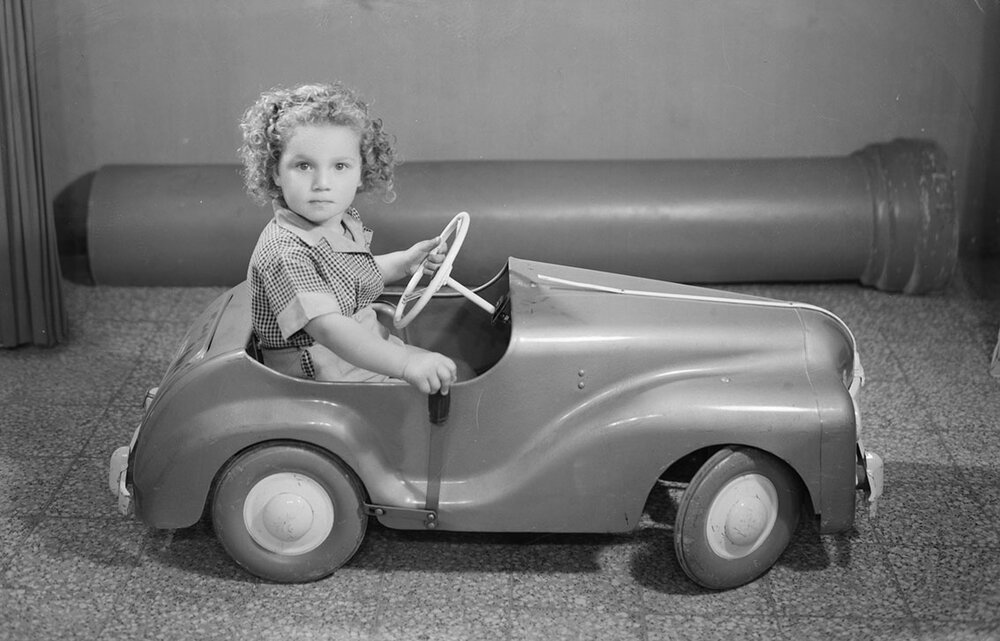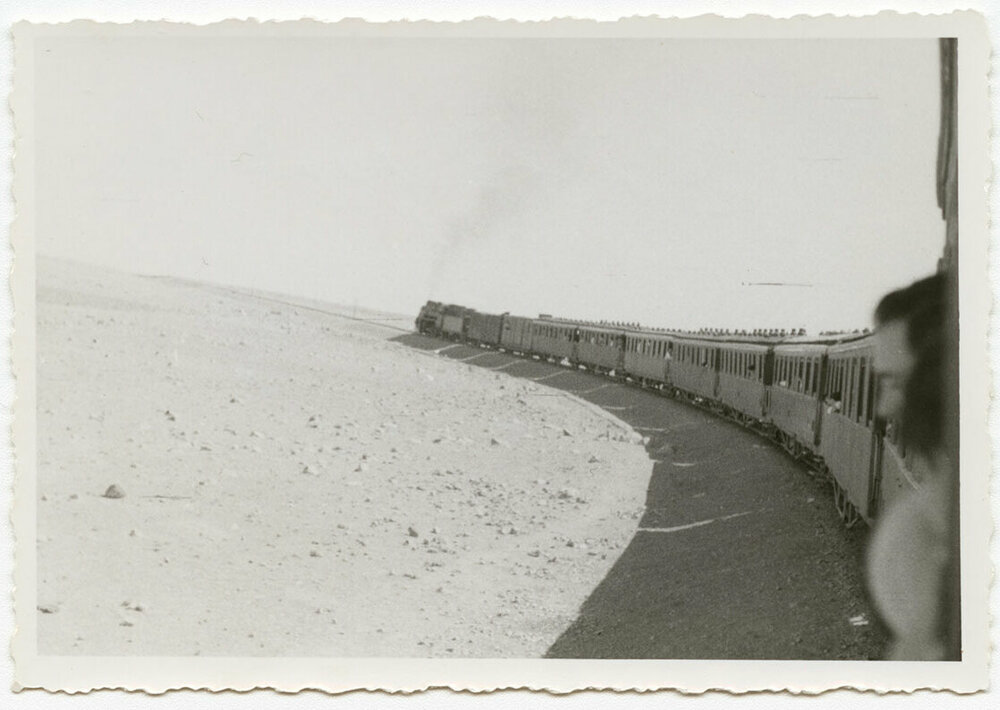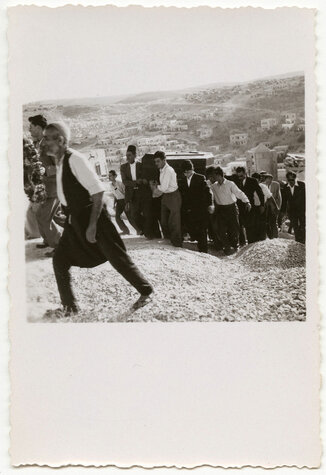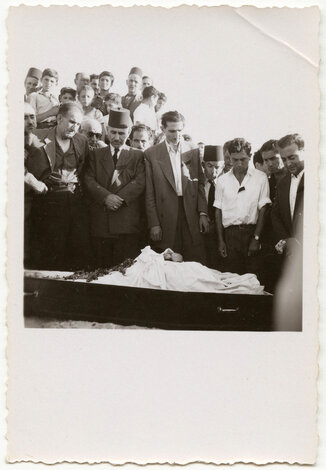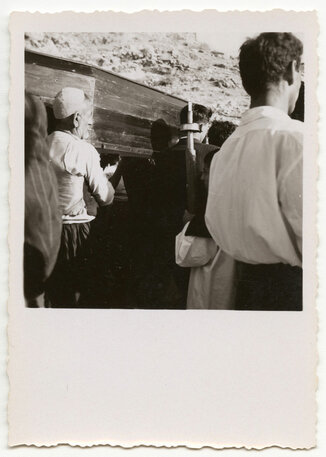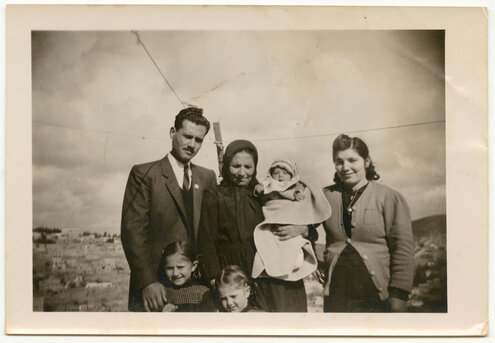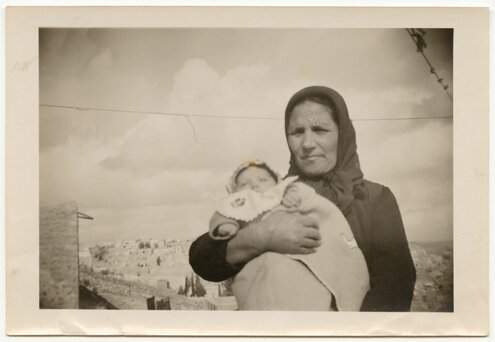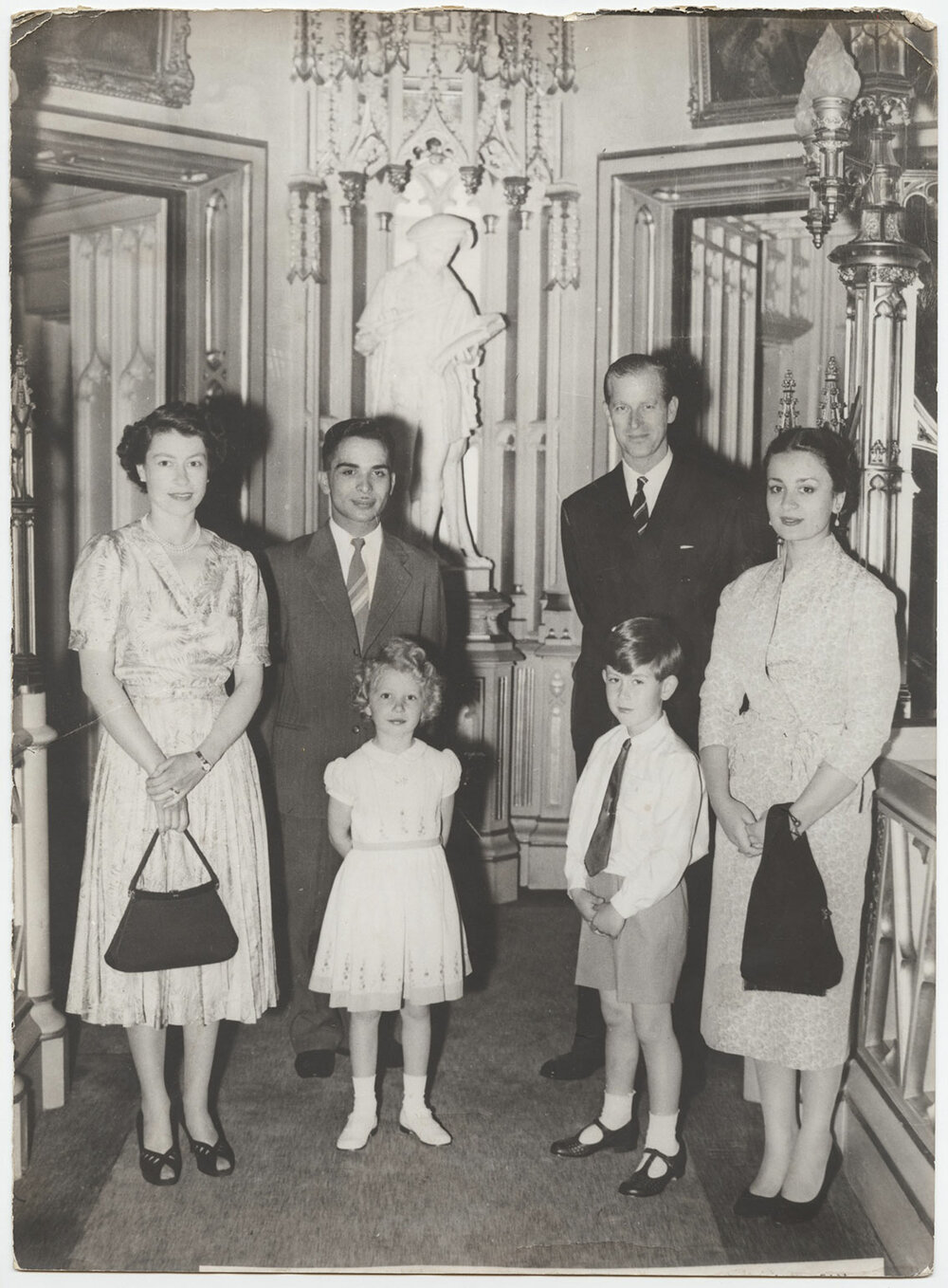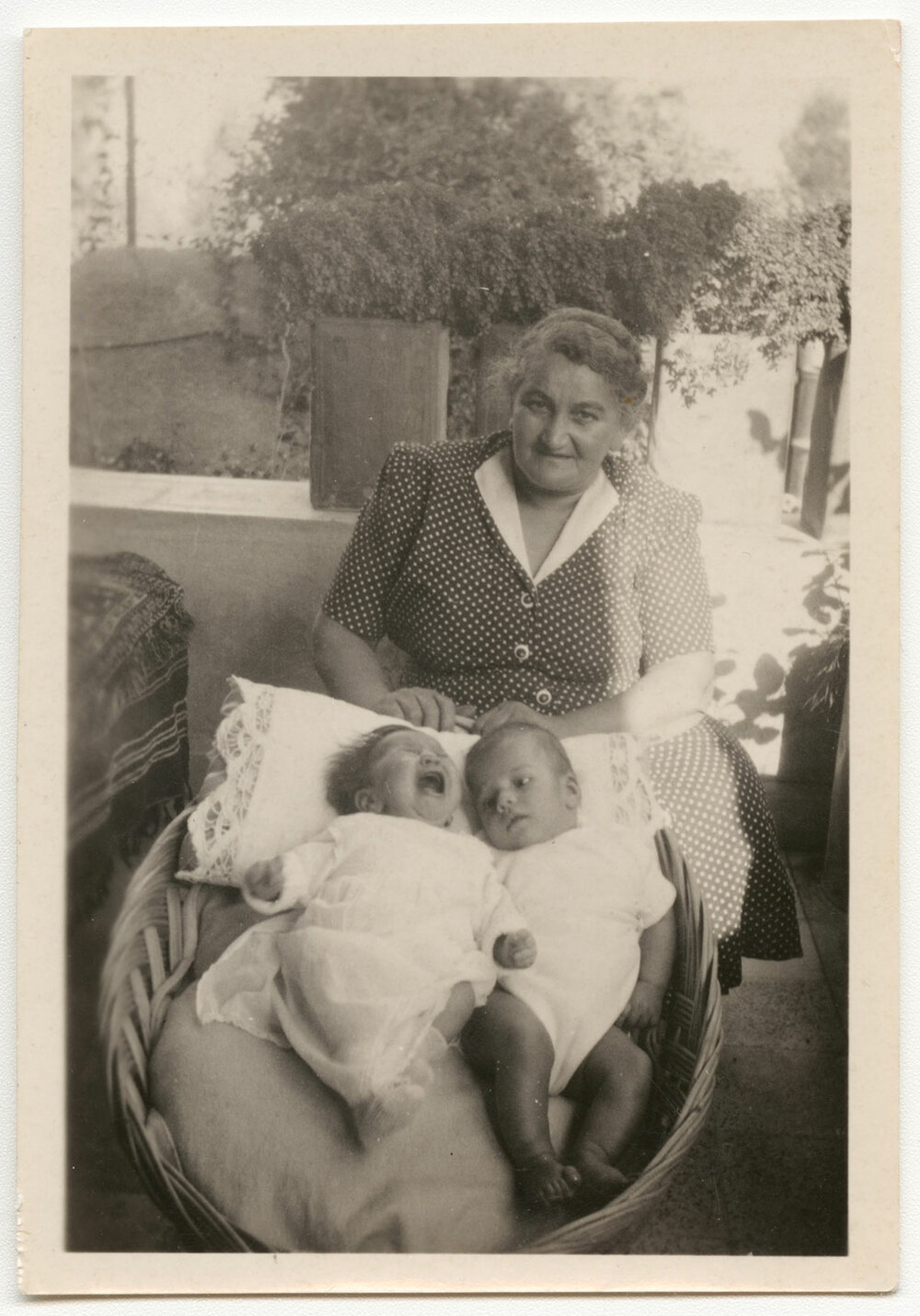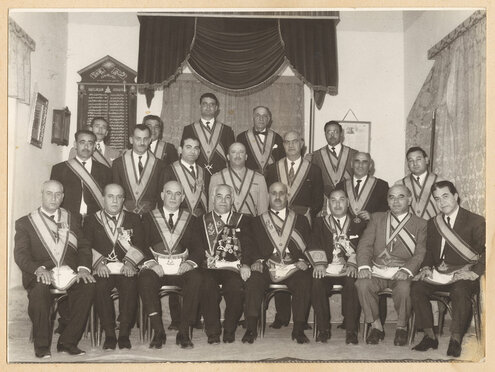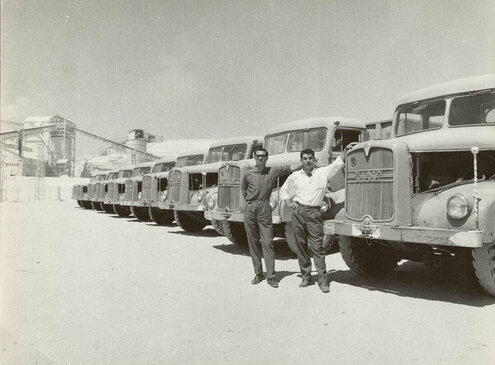Bedros Doumanian Collection | Studio London | Amman (Jordan)

20/11/23 (Last modified 20/11/23) - Translator: Simon Beugekian
Bedros Doumanian was born in Hadjin. We do not know much about his family and early life in Hadjin, except that he was a textile merchant, which we assume was also the family business.
During the years of the Armenian Genocide, Bedros was deported to Damascus, where he tried to re-establish his textile business. However, one of his Damascene friends convinced him to switch careers and become a photographer, as Bedros had a natural inclination for this artform.
In Damascus, Bedros married Mary, and the couple had a daughter, Vrejouhi. They also had a son, Simon, who died at an early age.
In 1923, we find Bedros Doumanian in Jordan, which was a British Protectorate and was officially known as Transjordan until 1946. Bedros’s family remained in Damascus. In Jordan, he entered the employment of the Iraq Petroleum Company (IRC) as a photographer. His duties took him to the country’s vast deserts, as well as its cities and settlements. He opened his first photographic studio in Aqaba.
In the early 1930s, once Bedros’s financial situation improved, he moved his family from Damascus to Amman. He opened his first studio in the Jordanian capital, Studio Bedros, later called Studio London. Studio Bedros was located on As-Saadeh Street, in the lower city. Later, Bedros would move his studio to El-Reda Street, near Bank El-Ahli and the post office. It was after this move that the studio came to be known as Studio London. At the same time, Bedros served as the personal photographer of Emir Abdallah (the ruler of Transjordan). Bedros received Jordanian citizenship in 1930.
Bedros continued practicing photography until his retirement in the late 1950s. A significant portion of the Armenian photographers practicing in Amman were his apprentices.
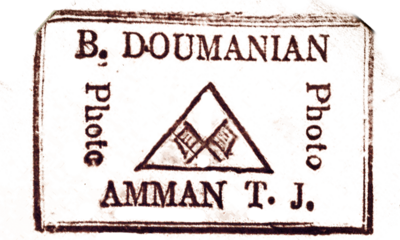
Bedros and Mary’s daughter, Vrejouhi, married John Darakjian. The couple had four children: Bedros (born in 1944), Boghos (born in 1948), Aram (born in 1952), and Hagop. John Darakjian was a native of Jaffa, and a school principal in Amman. In later years, he would inherit his father-in-law’s photographic studio. One of John and Vrejouhi’s sons, Boghos, also chose photography as a career and opened his own studio. He also served as the director of the photography department of the Jordanian Ministry of Antiquities, as well as the personal photographer of Prince Hassan Bin Talal. Boghos Darakdjian died in 2023.
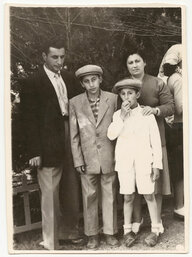
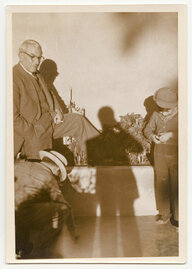
This page presents photographs taken by Bedros Doumanian and John Darakjian in Jordan and Palestine, from the 1930s through the 1960s.
Notably, there were many other Armenian photographs active in Jordan during this time. Among them were Studio Hagop Berberian, Studio Haig Berberian, Studio Peter Kechedjian, Studio Paramount, Studio Jack, Studio Semiramis (Hagop Toronian), and Studio Hagop Koutchounian.
Most of the biographical information presented on this page and pertaining to Bedros Doumanian is based on the following article: Anna Ohanessian-Charpin, “Les Arméniens à Amman: La naissance d’une communauté,” Jean Hannoyer/Seteney Shami (ed.), Amman: Ville et Société, Presses de l’Ifpo, 1996, Beyrouth.
Other sources:
- alrai.com/article/10441723
- Interview with Taleen Darakjian (Amman), October 13, 2023.

War and Combat Photography
Studio London’s collection includes a trove of photographs taken during conflicts, especially during the Six-Day War of 1967. In June of that year, a war broke out pitting Israel against a coalition consisting of Egypt, Jordan, and Syria. Transjordan, which included East Jerusalem, also became a theater of combat. Studio London’s collection takes us back to these days of conflict. The photographers were stationed on the Jordanian side of the front lines, which explains why the photographs feature Jordanian soldiers.

Studio Photographs
This section presents photographs taken at Studio London. The individuals appearing in them are unidentified. We ask our readers to contact us if they can provide any additional information regarding these photographs or the individuals appearing in them.







Other Photographs
In this section, we present photographs taken outside of Studio London. Additional details regarding these photographs are not available. They include a series of photographs from a funeral. We ask our readers to contact us if they can provide any additional information regarding these photographs or the individuals appearing in them.



